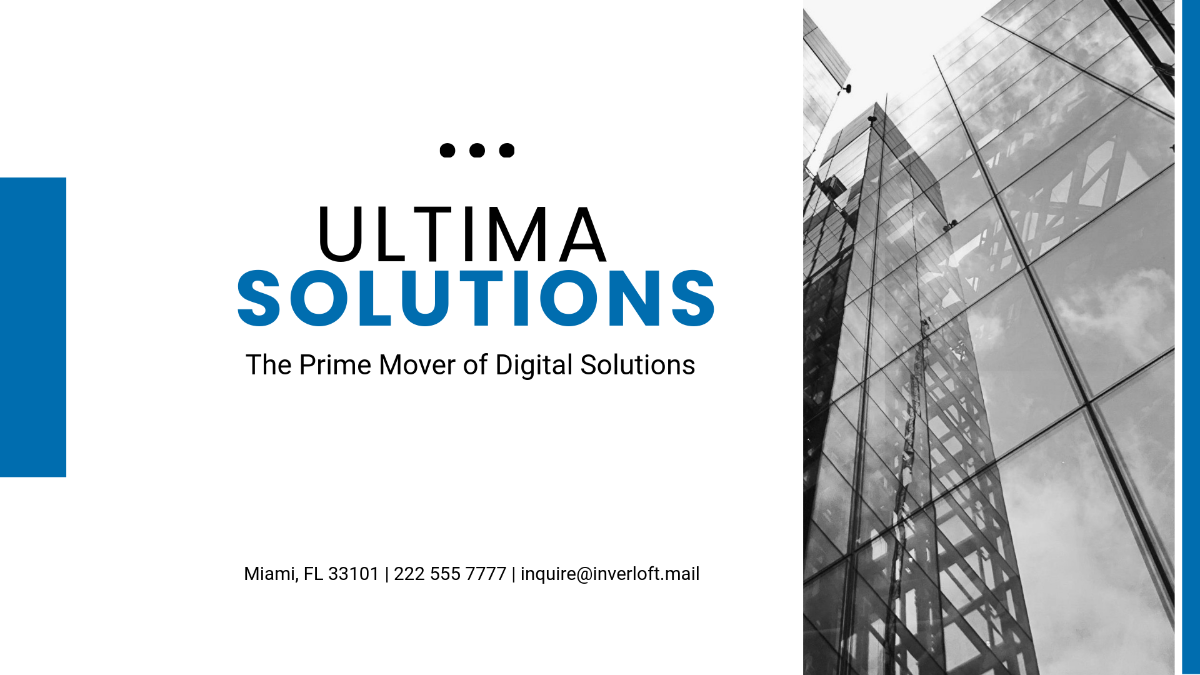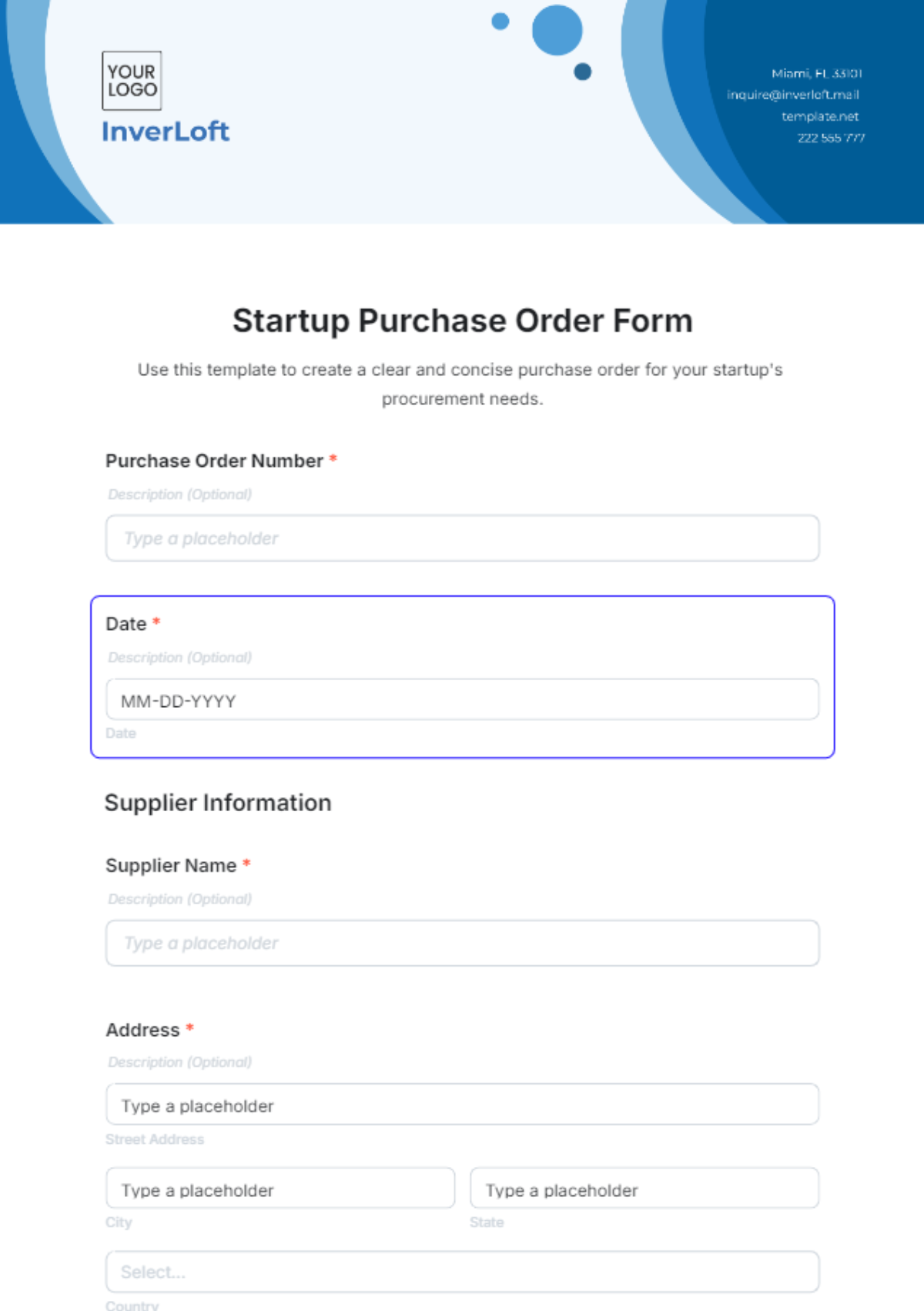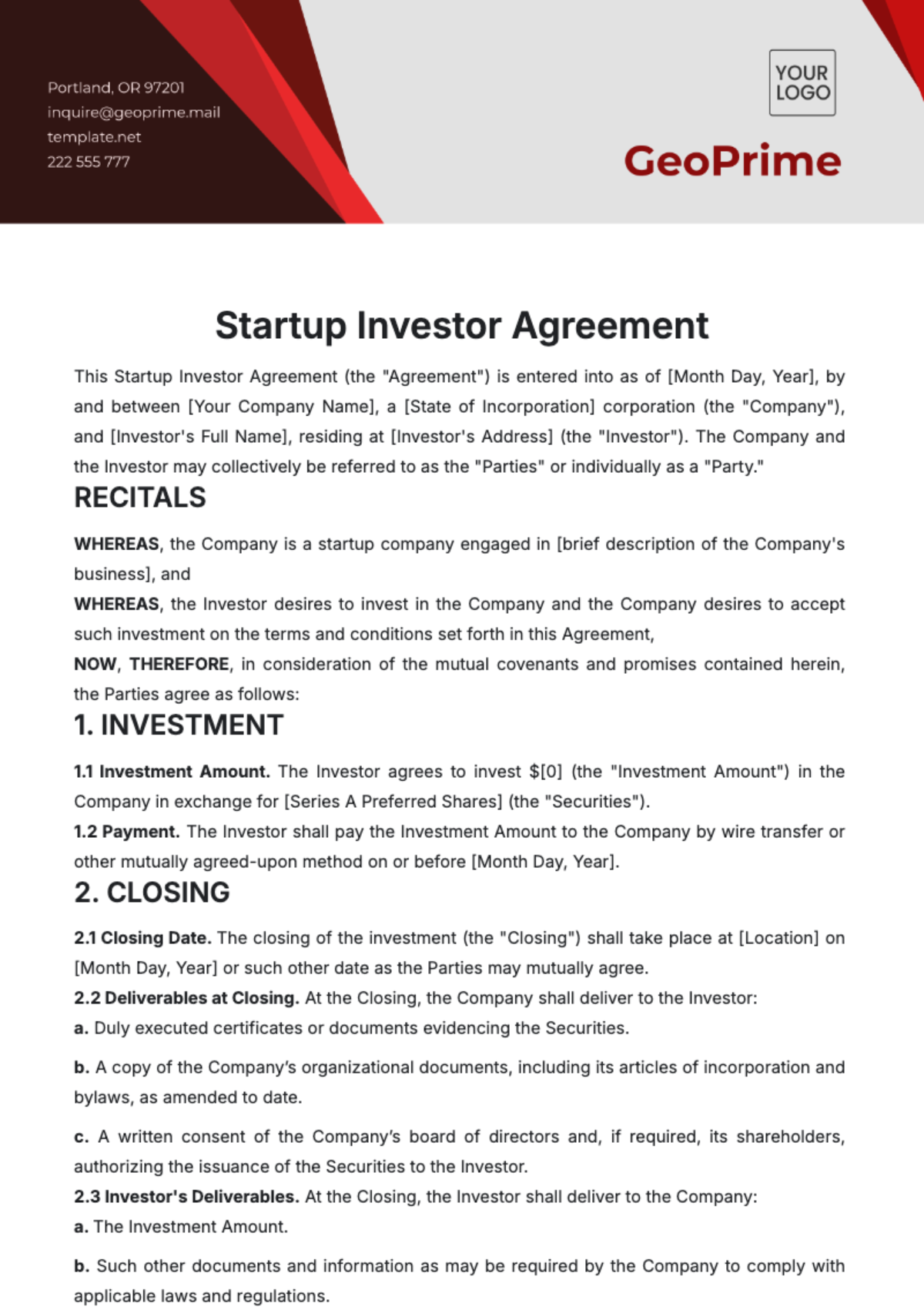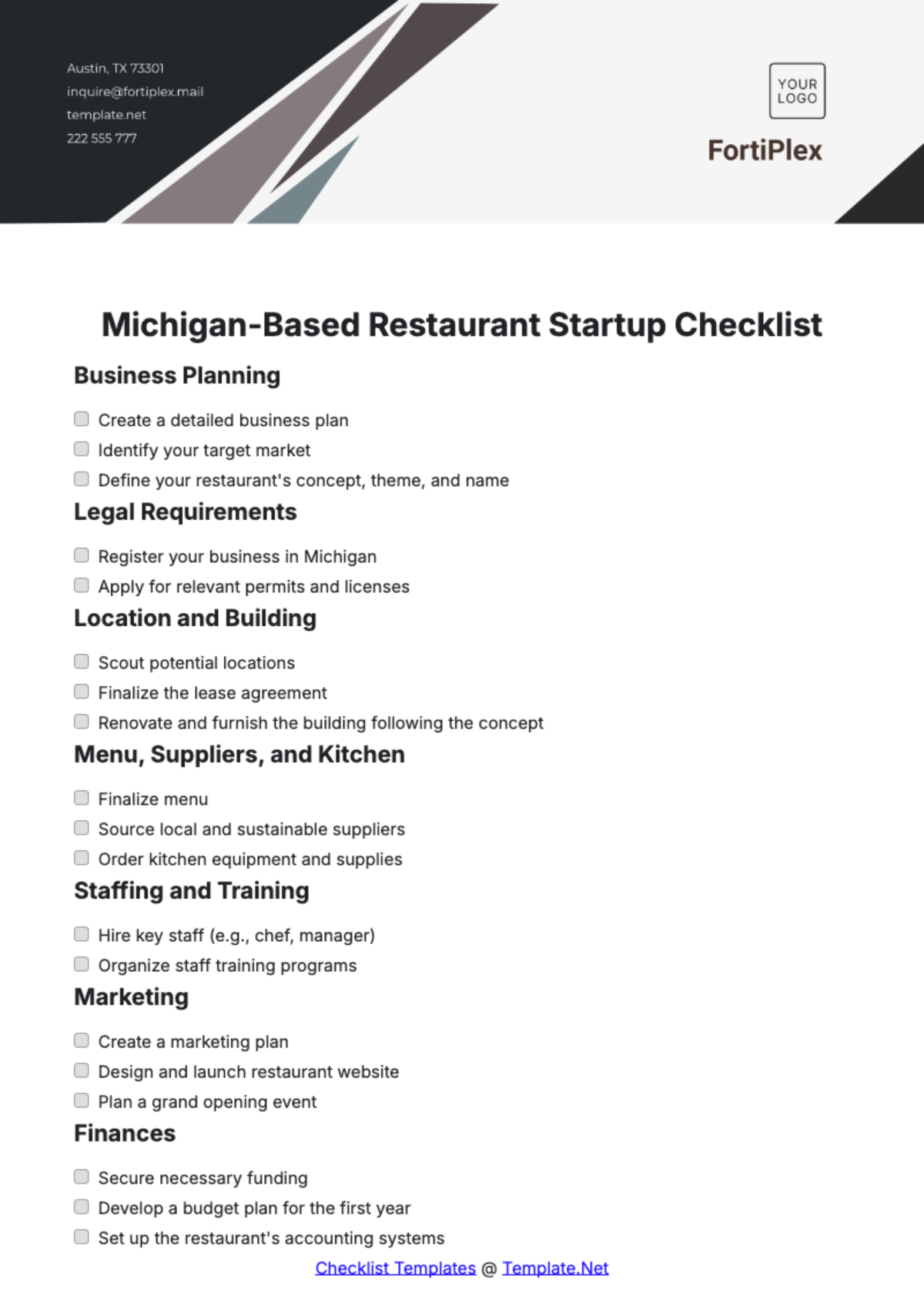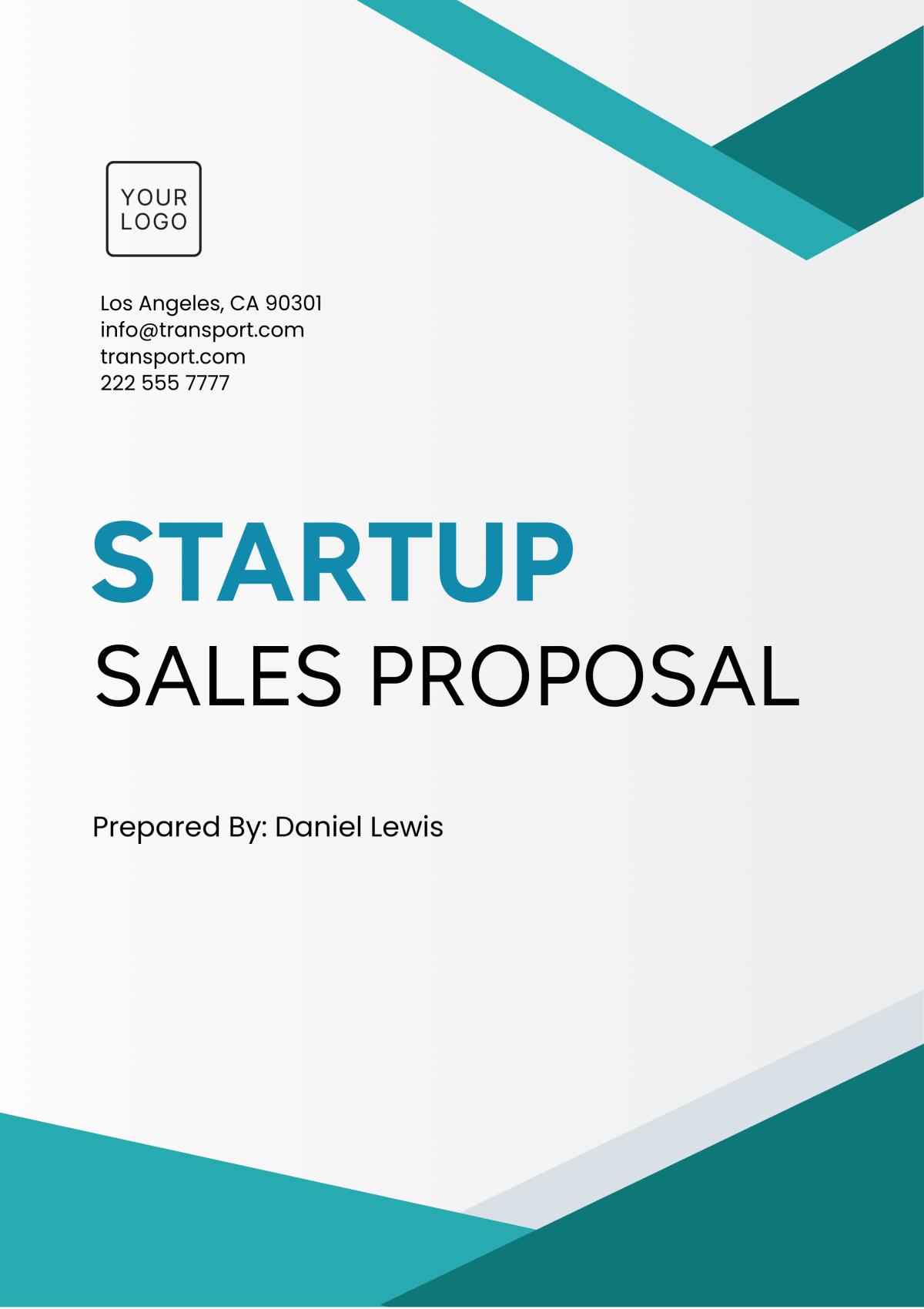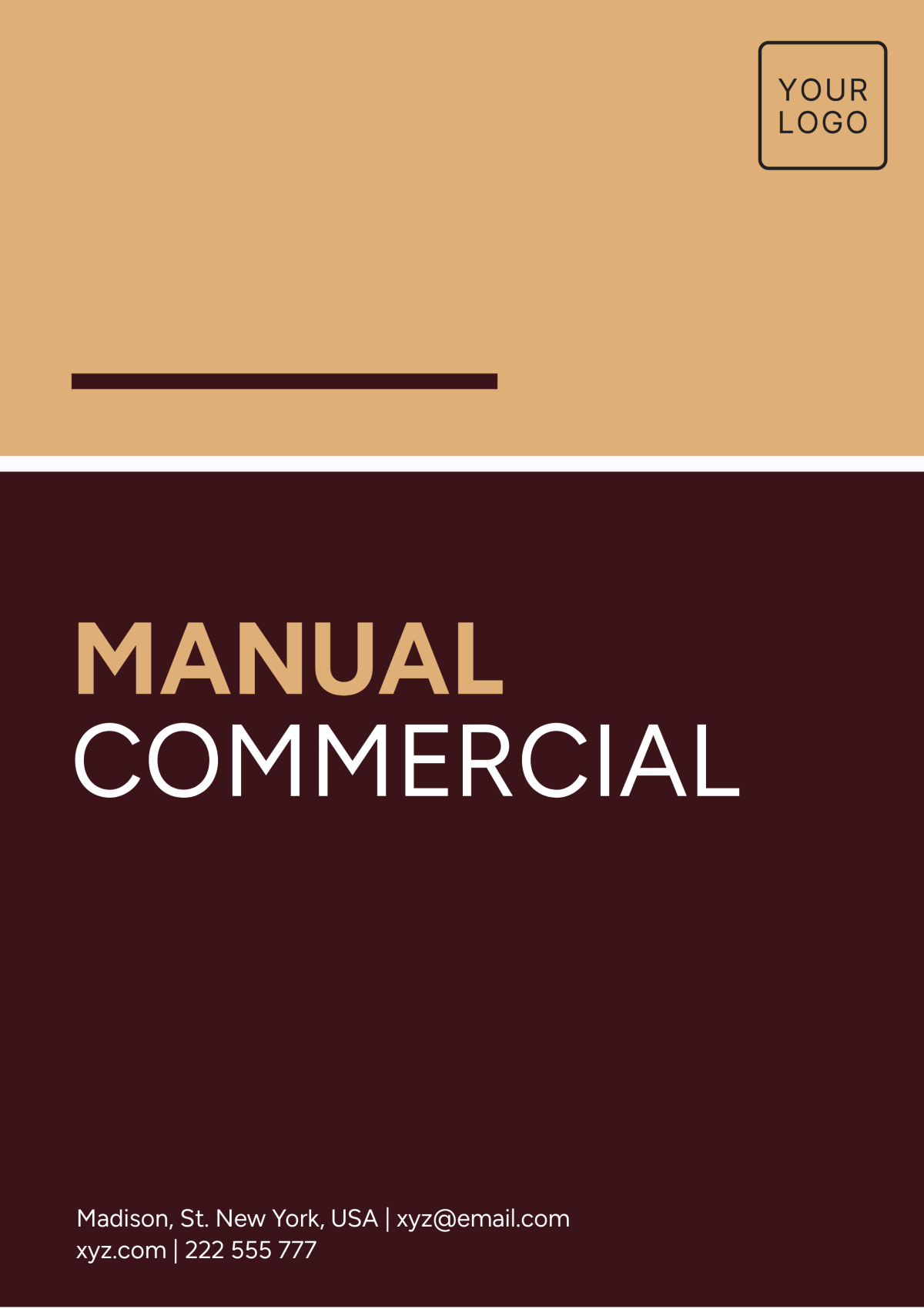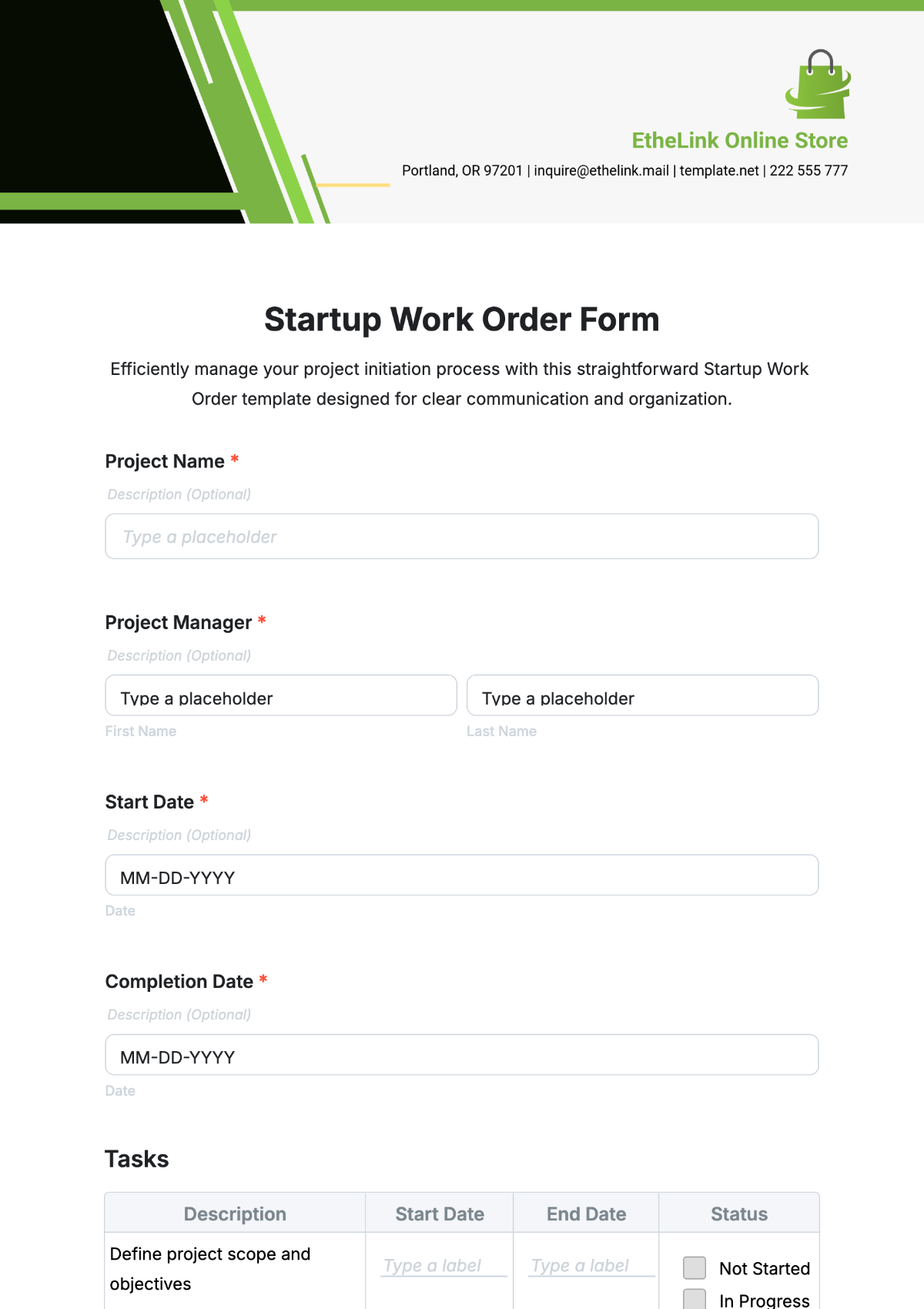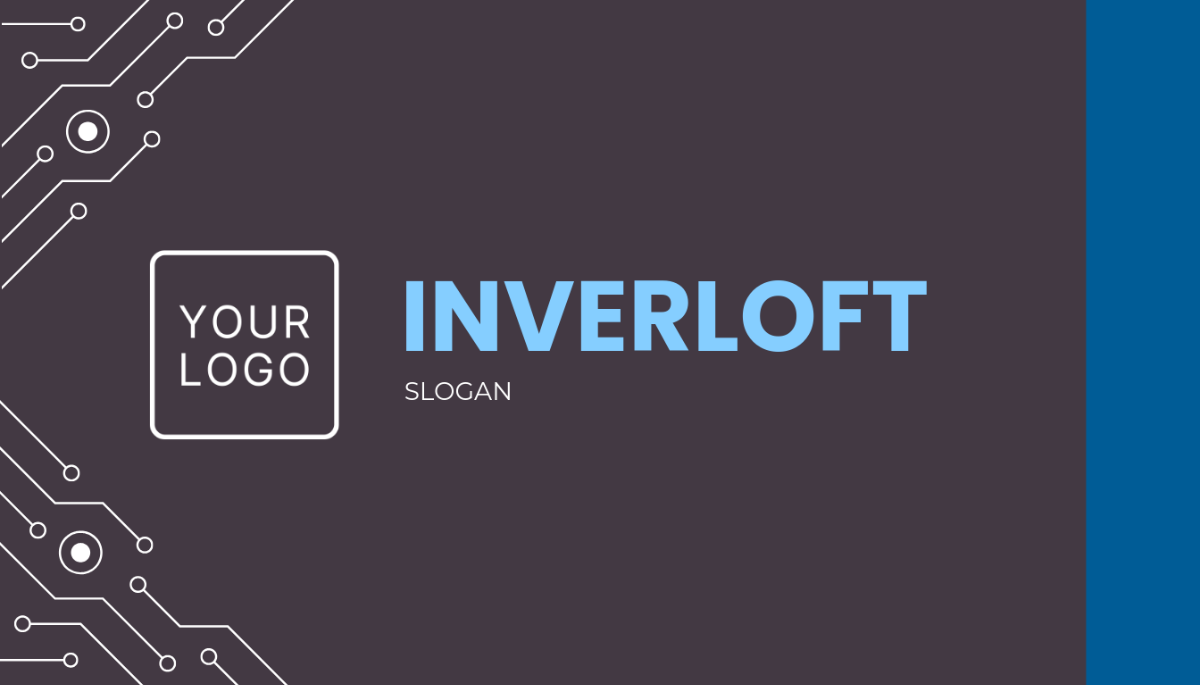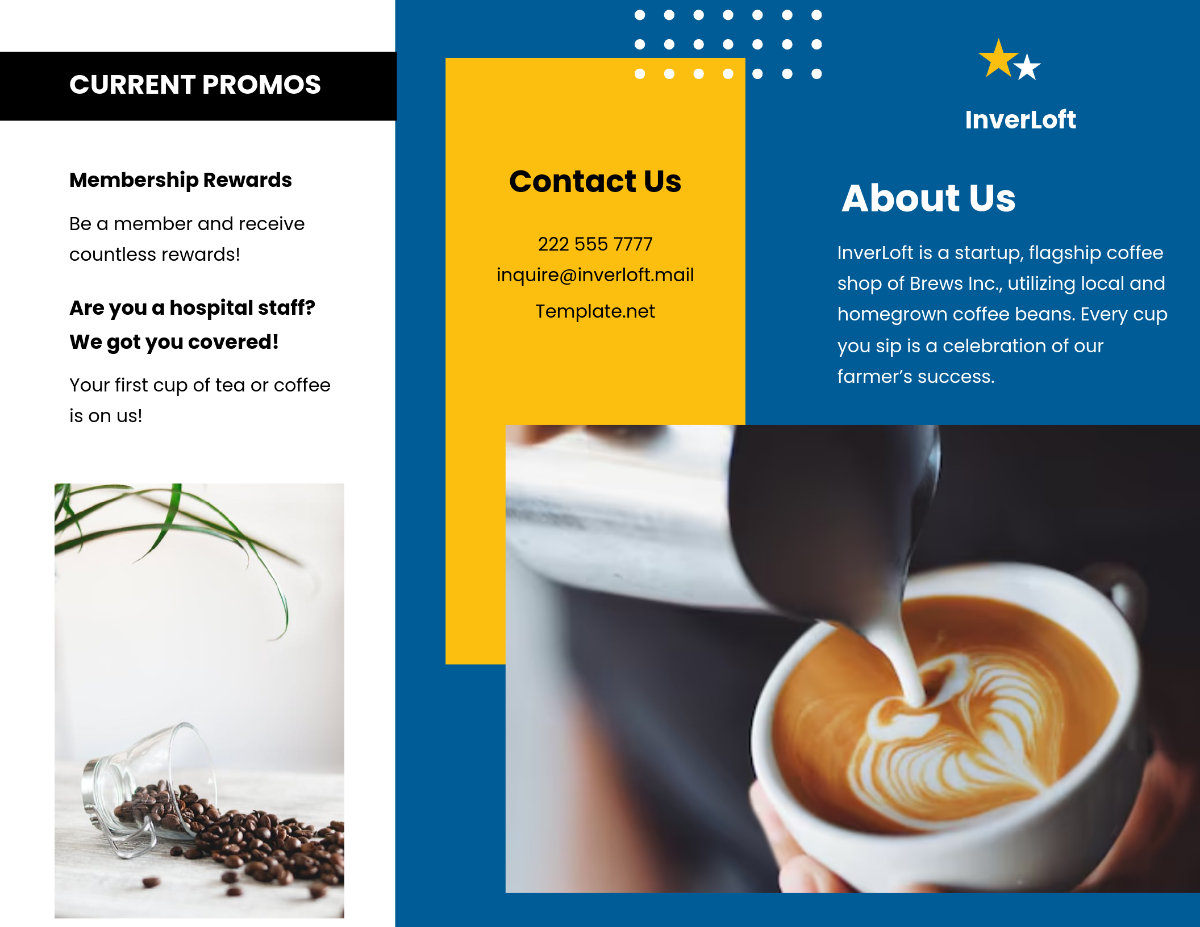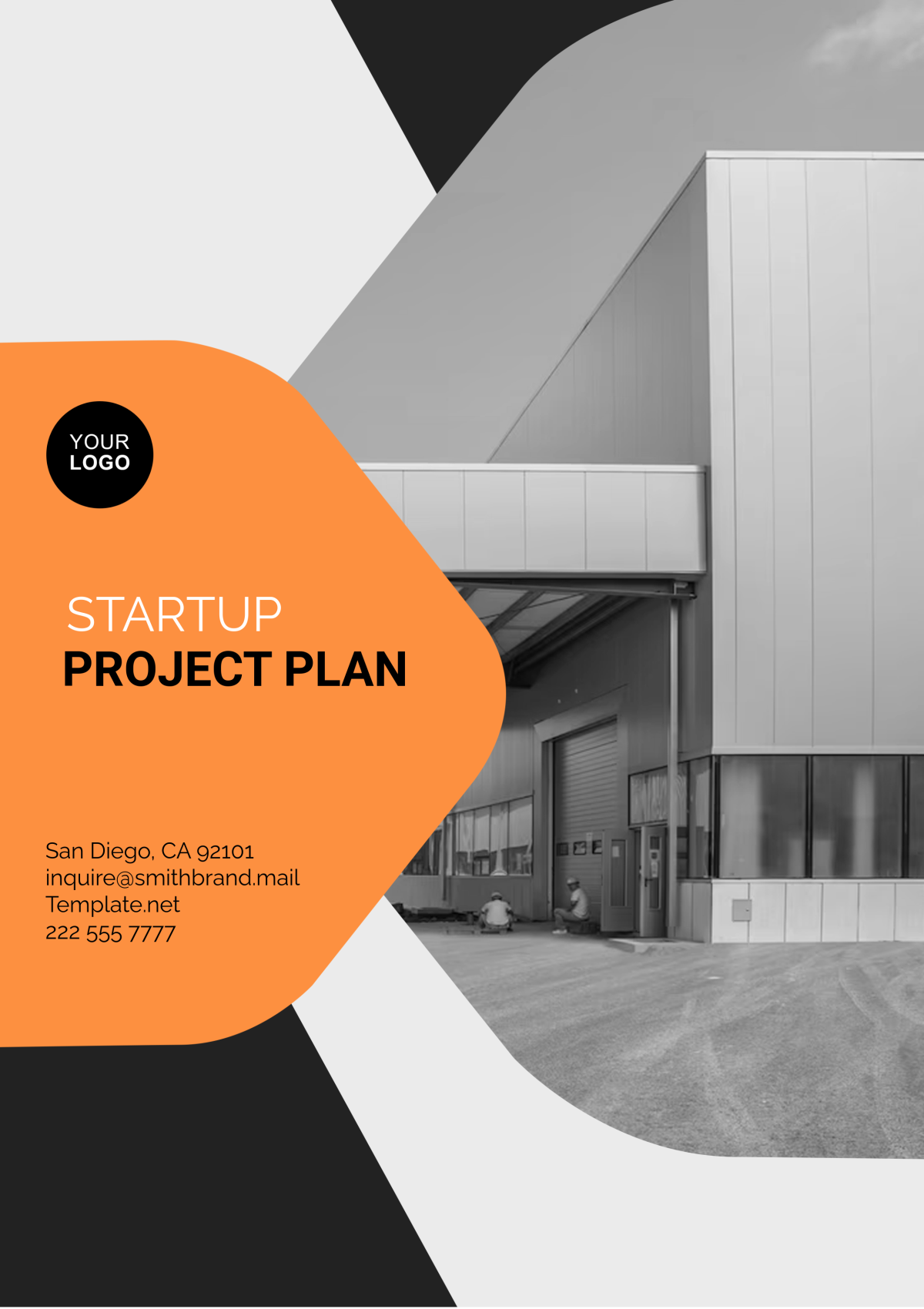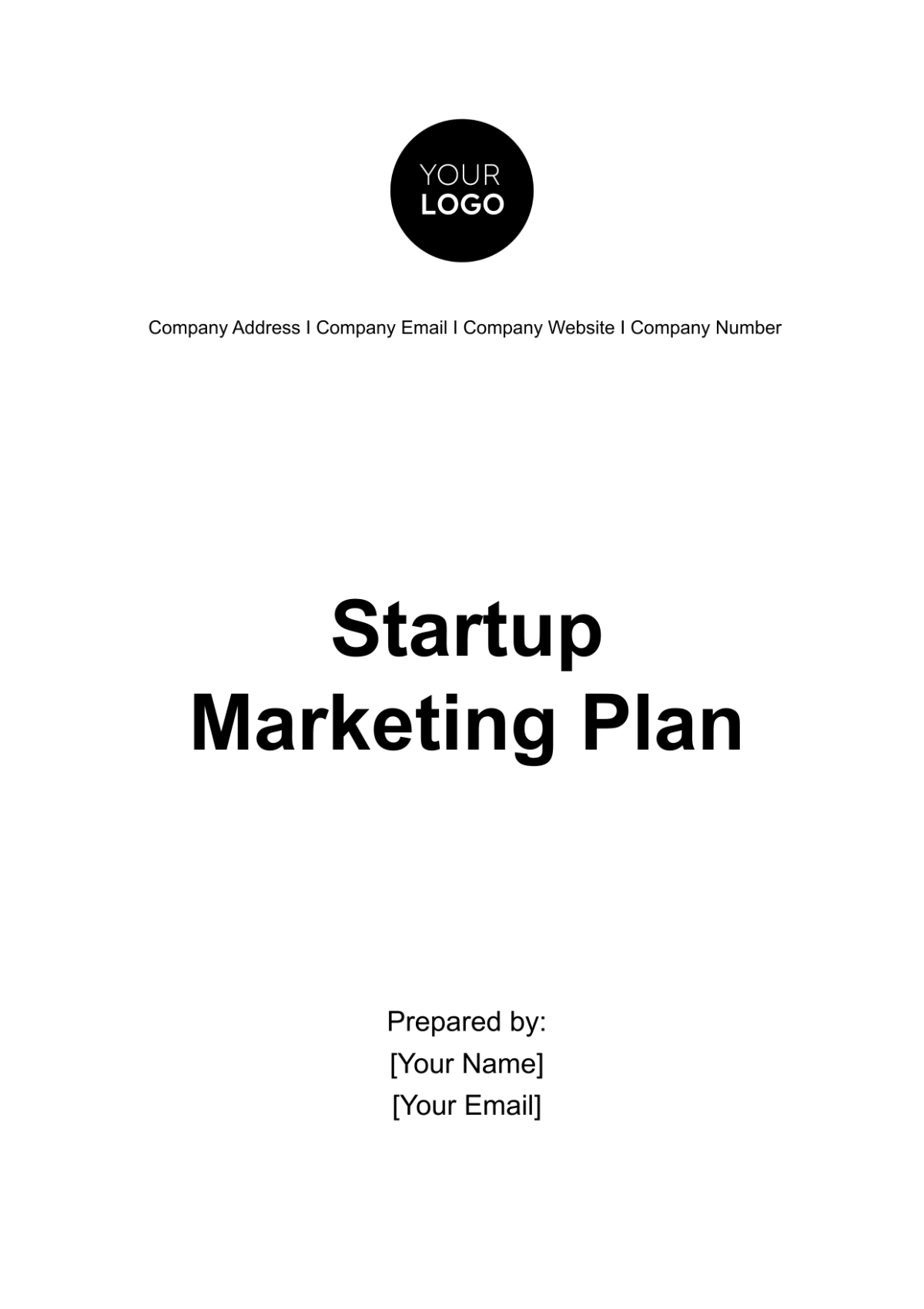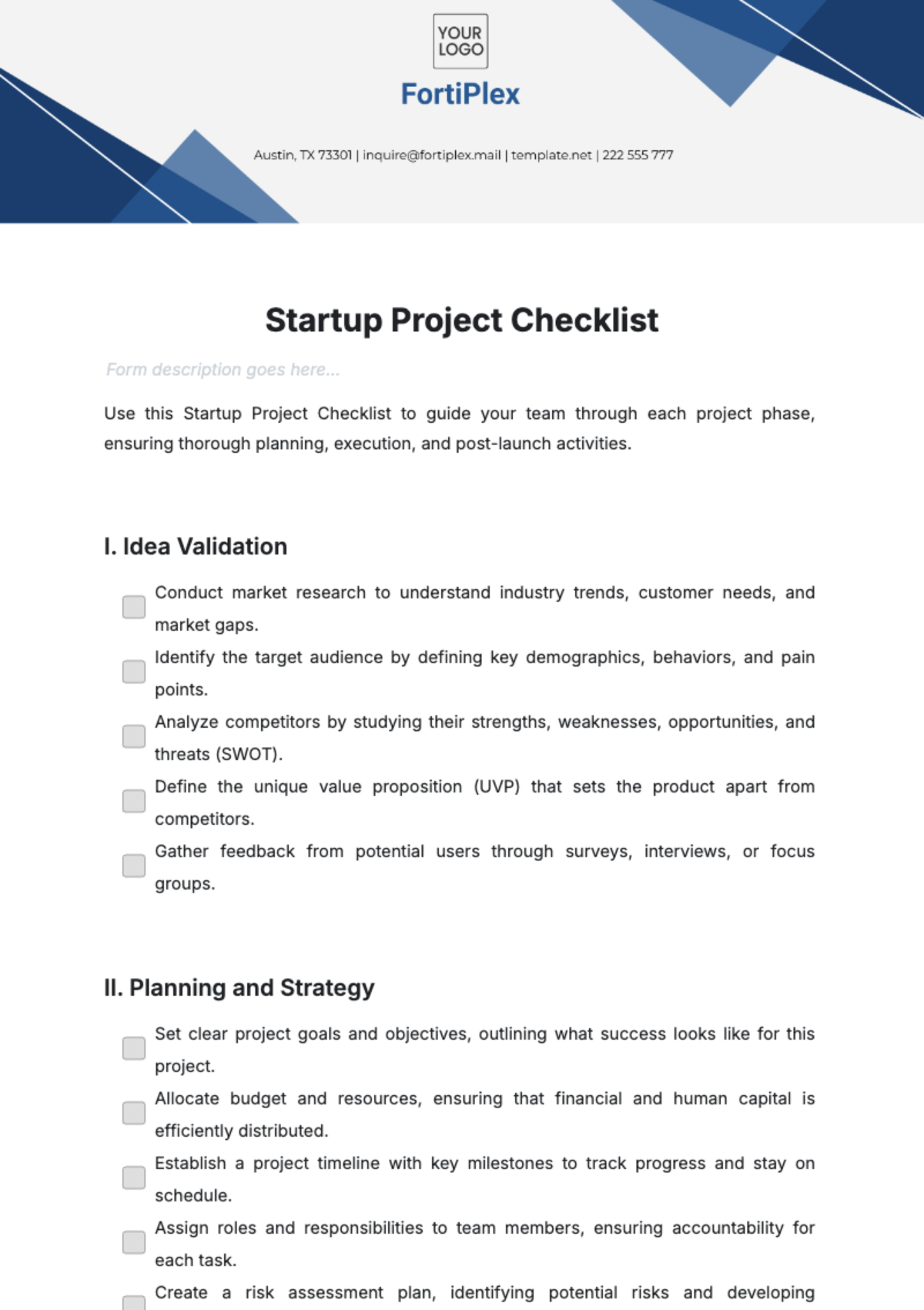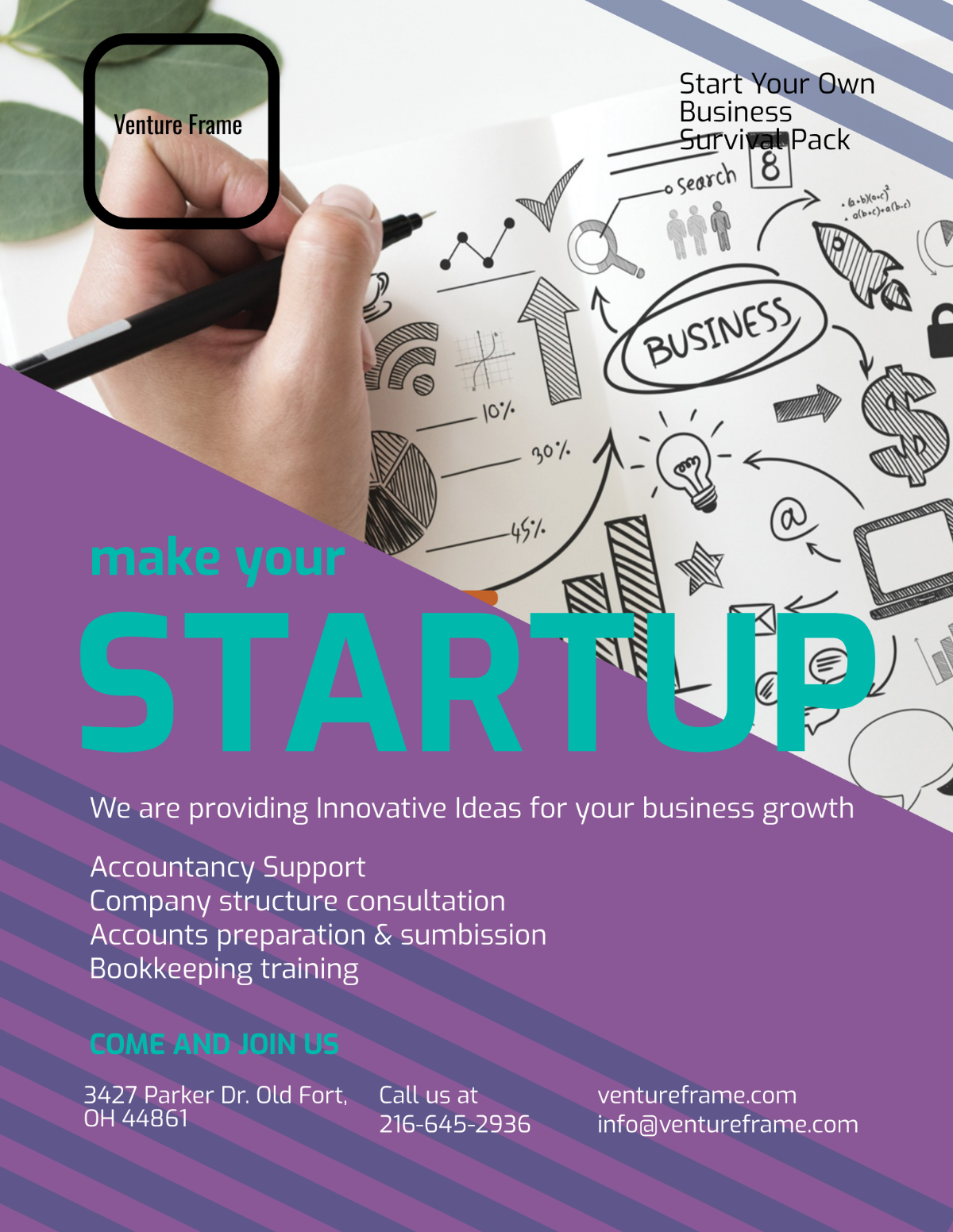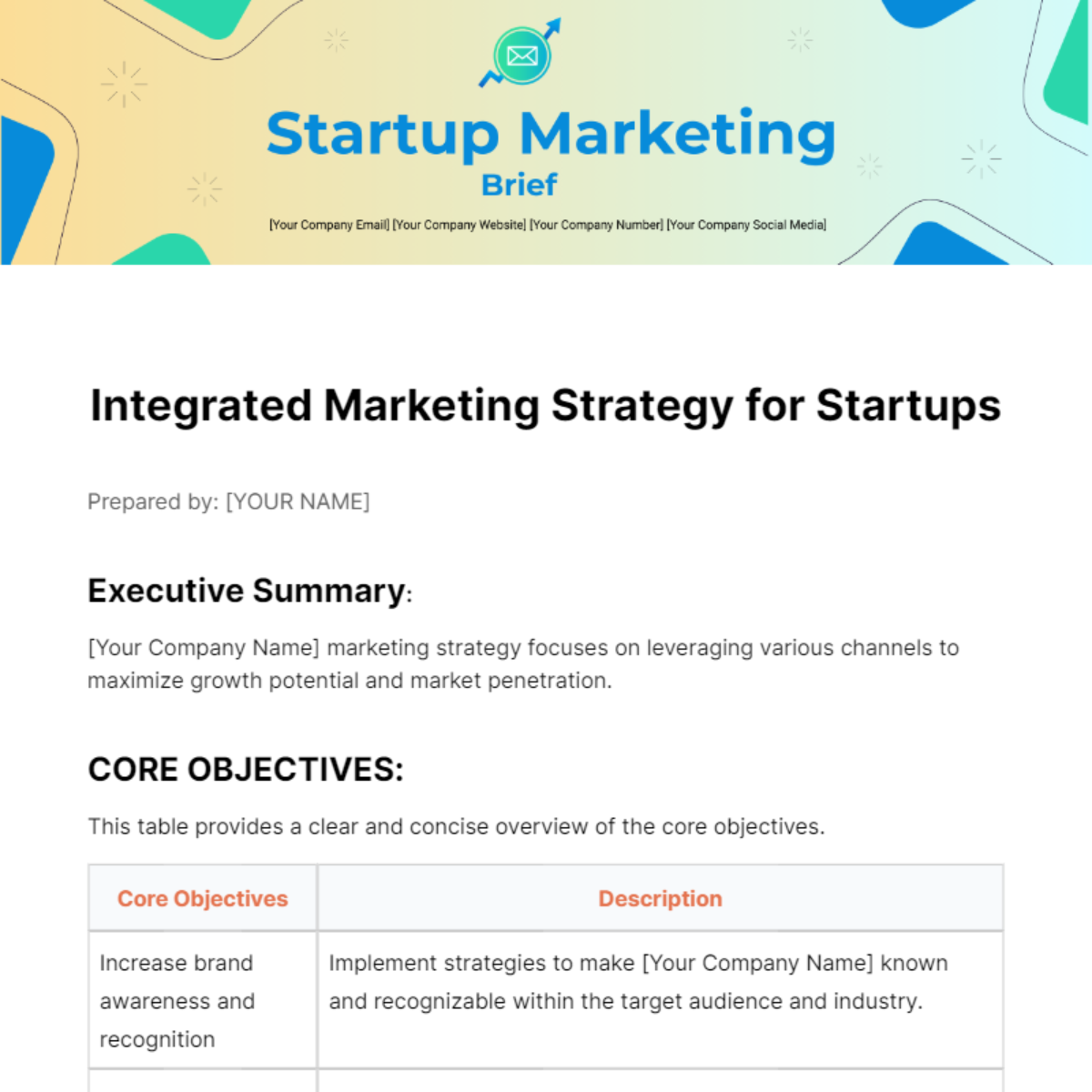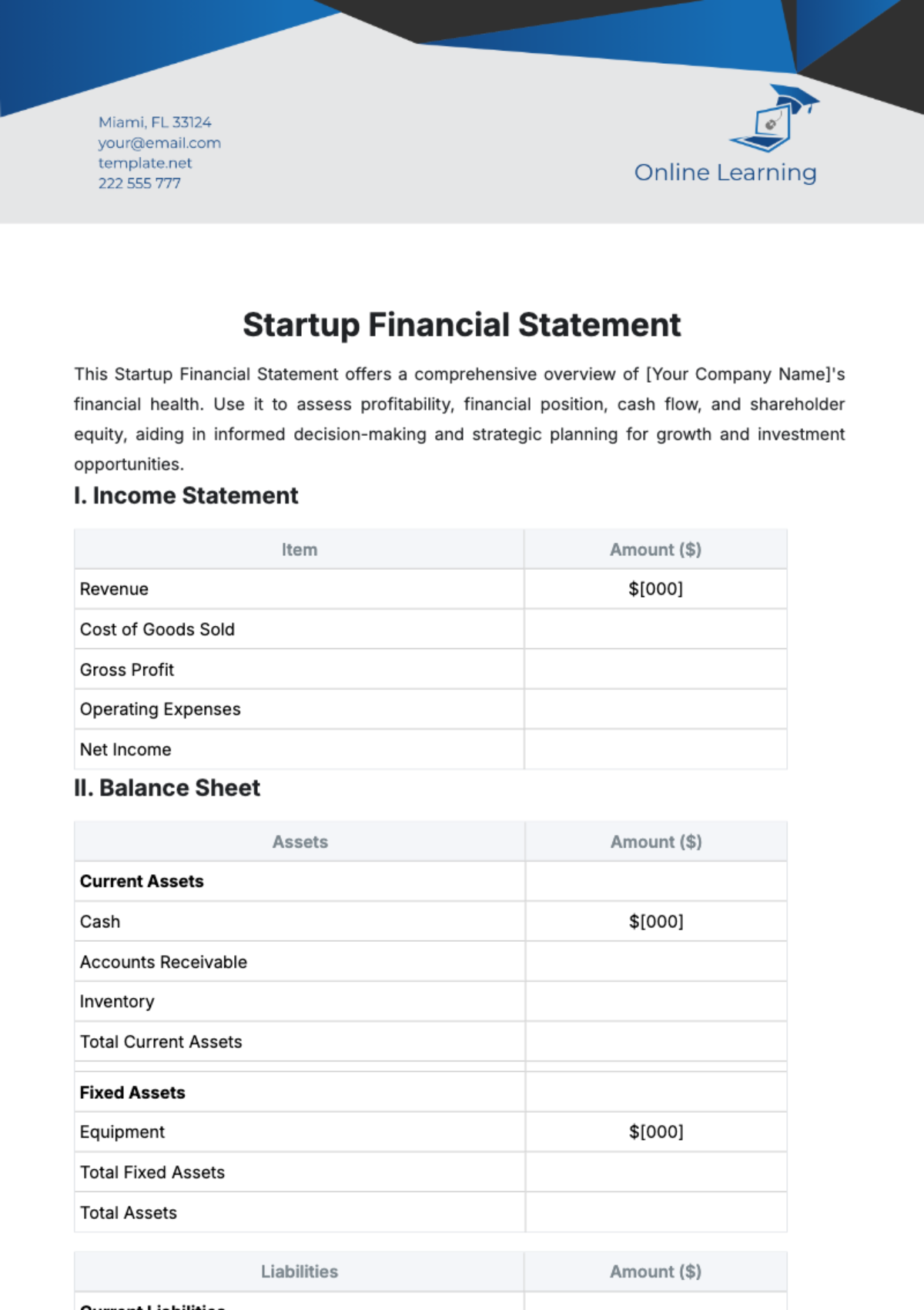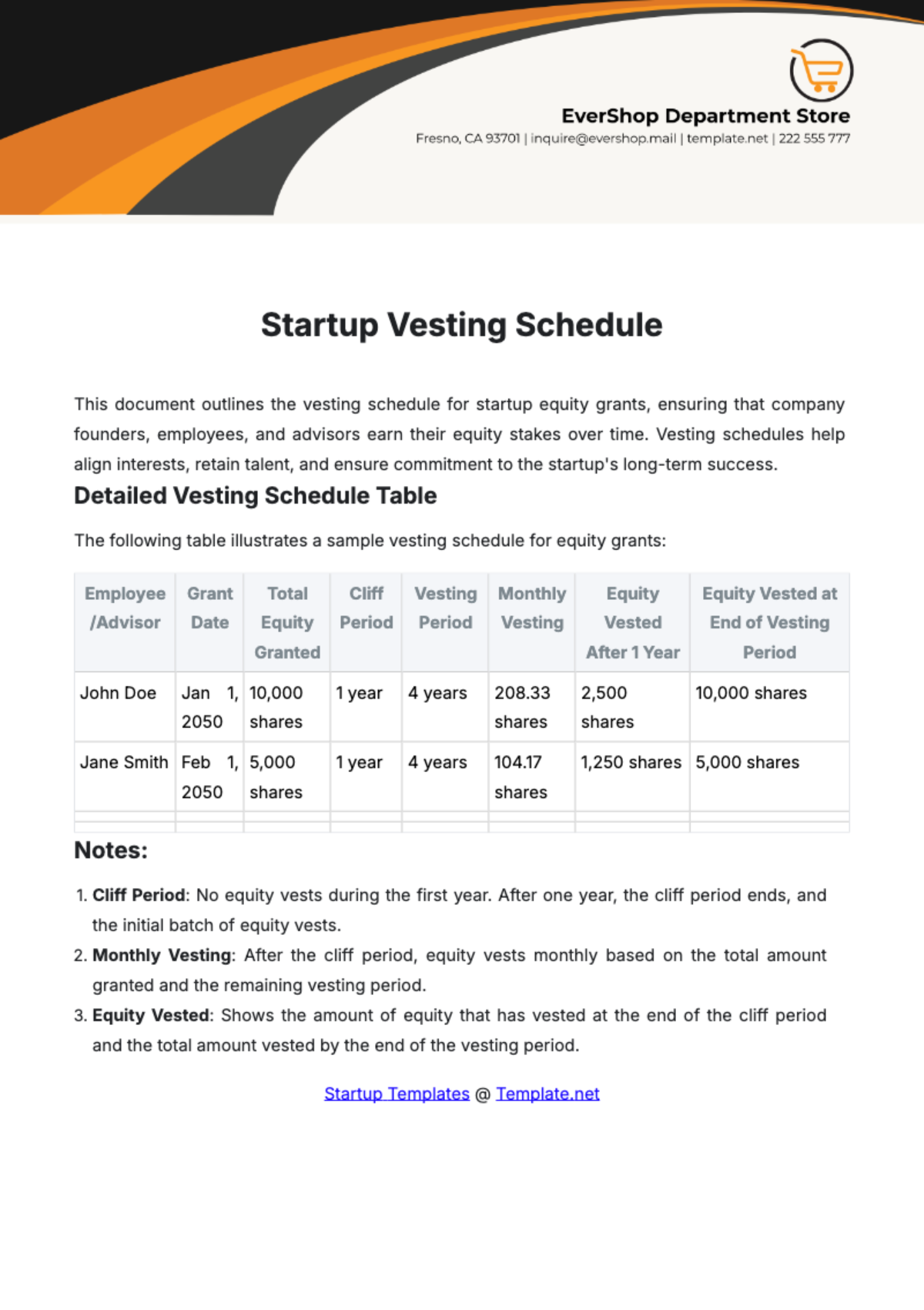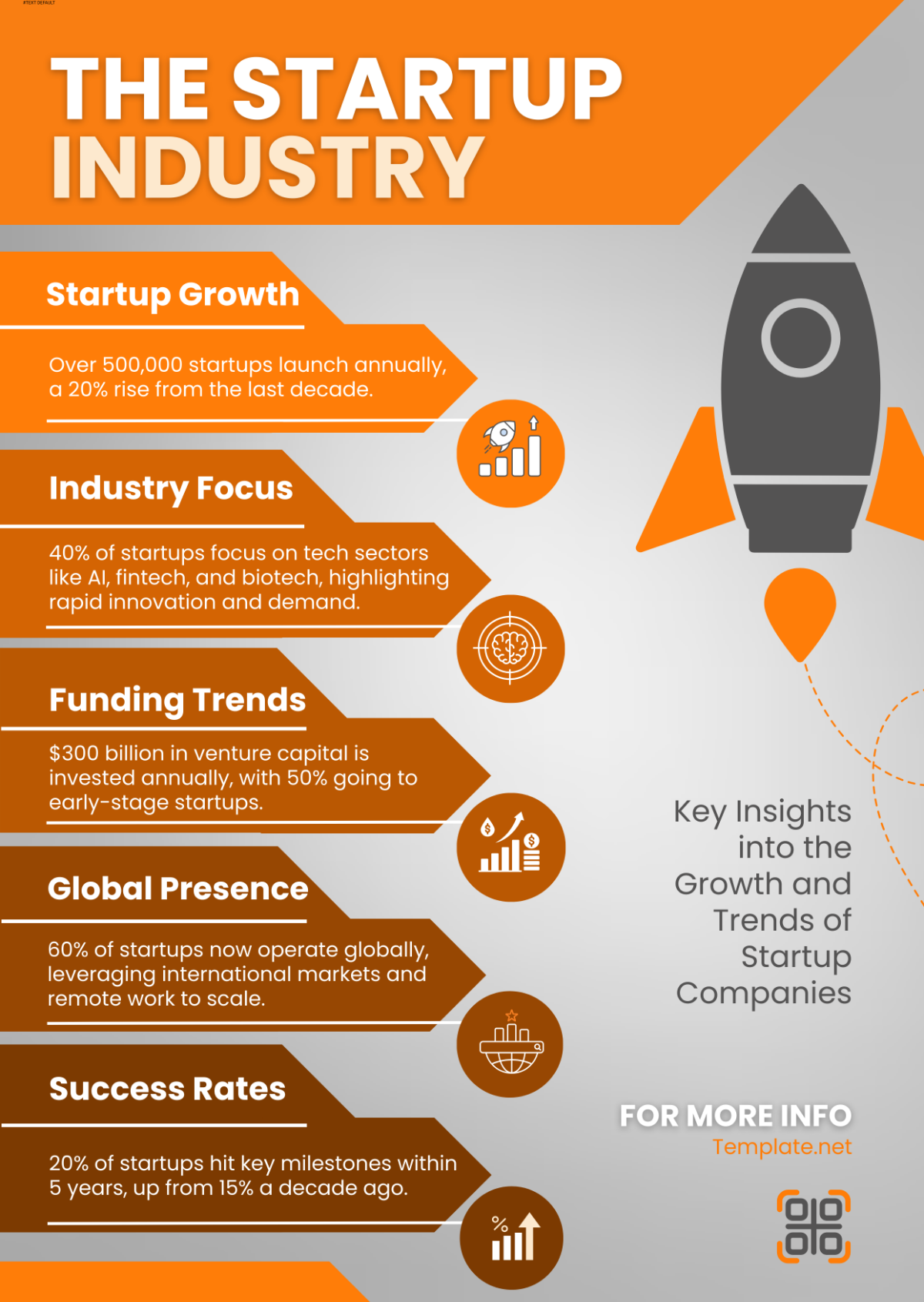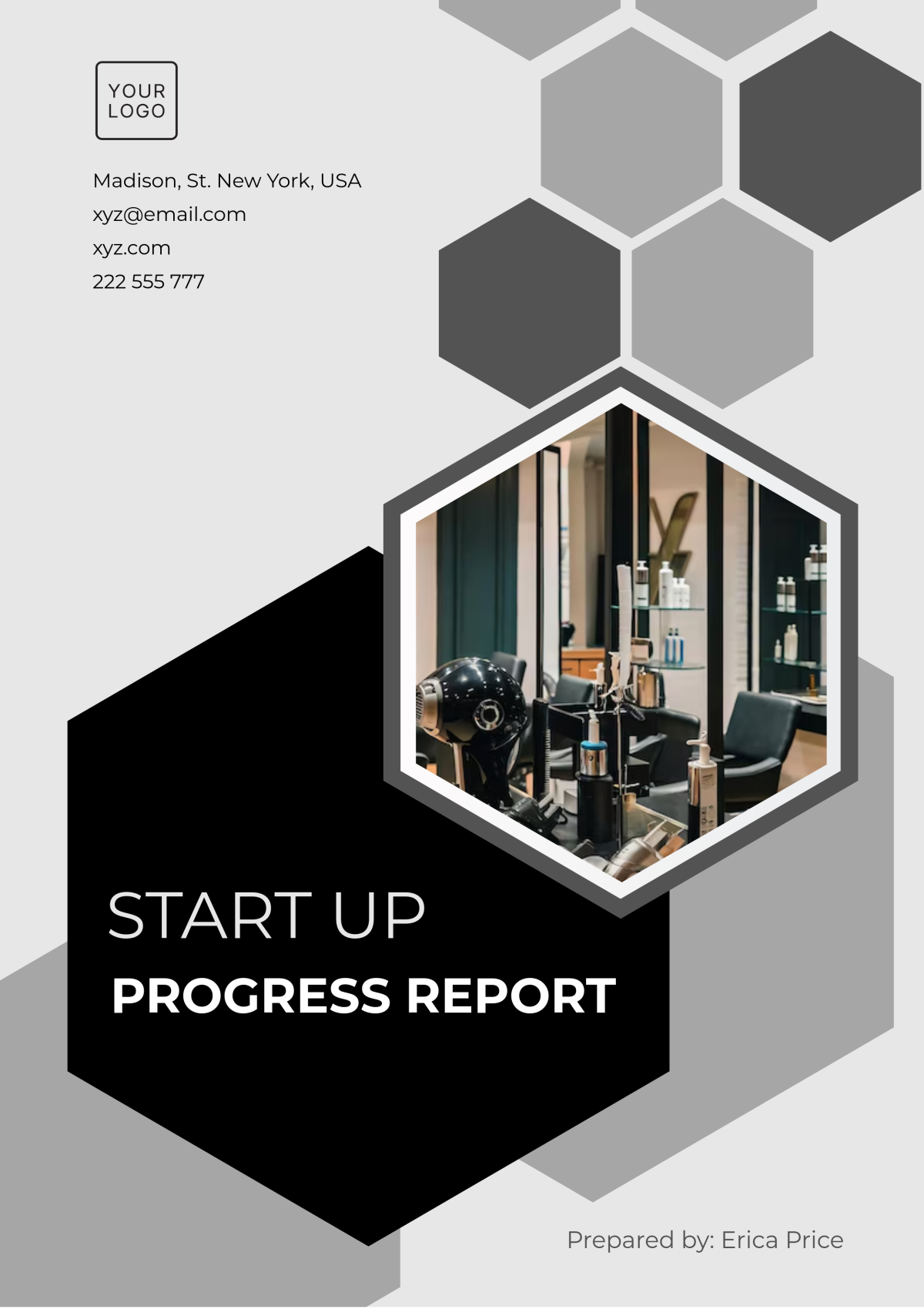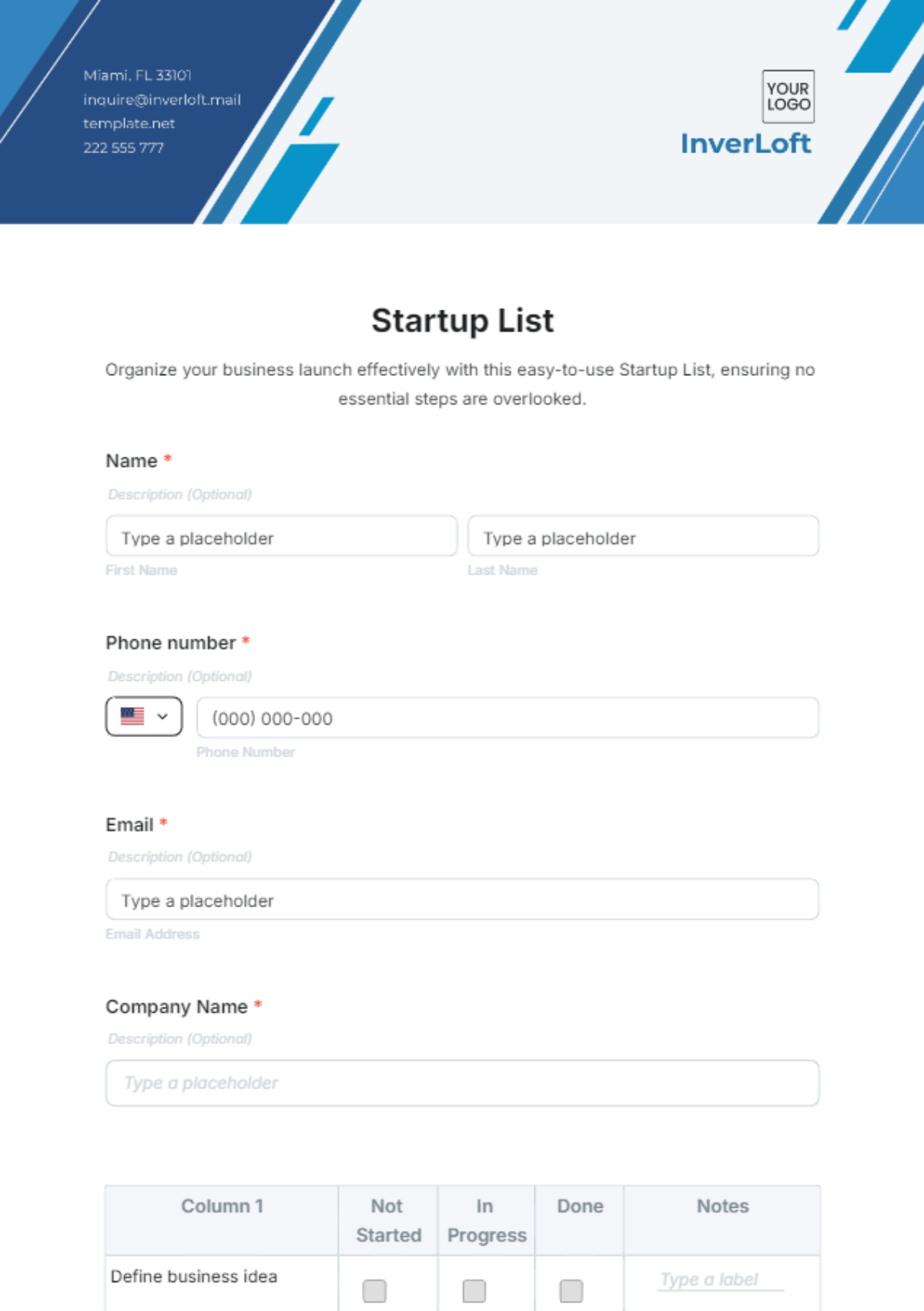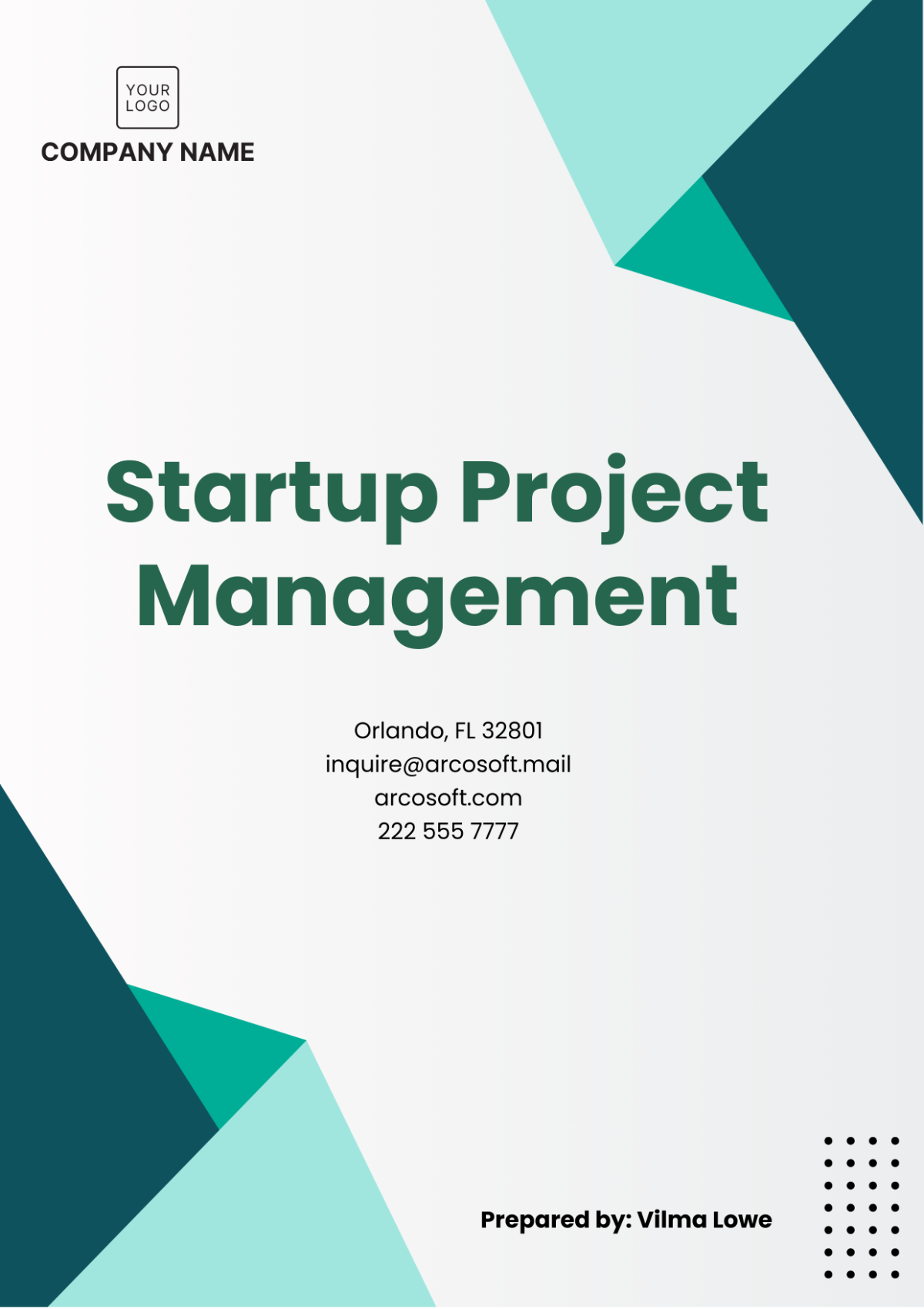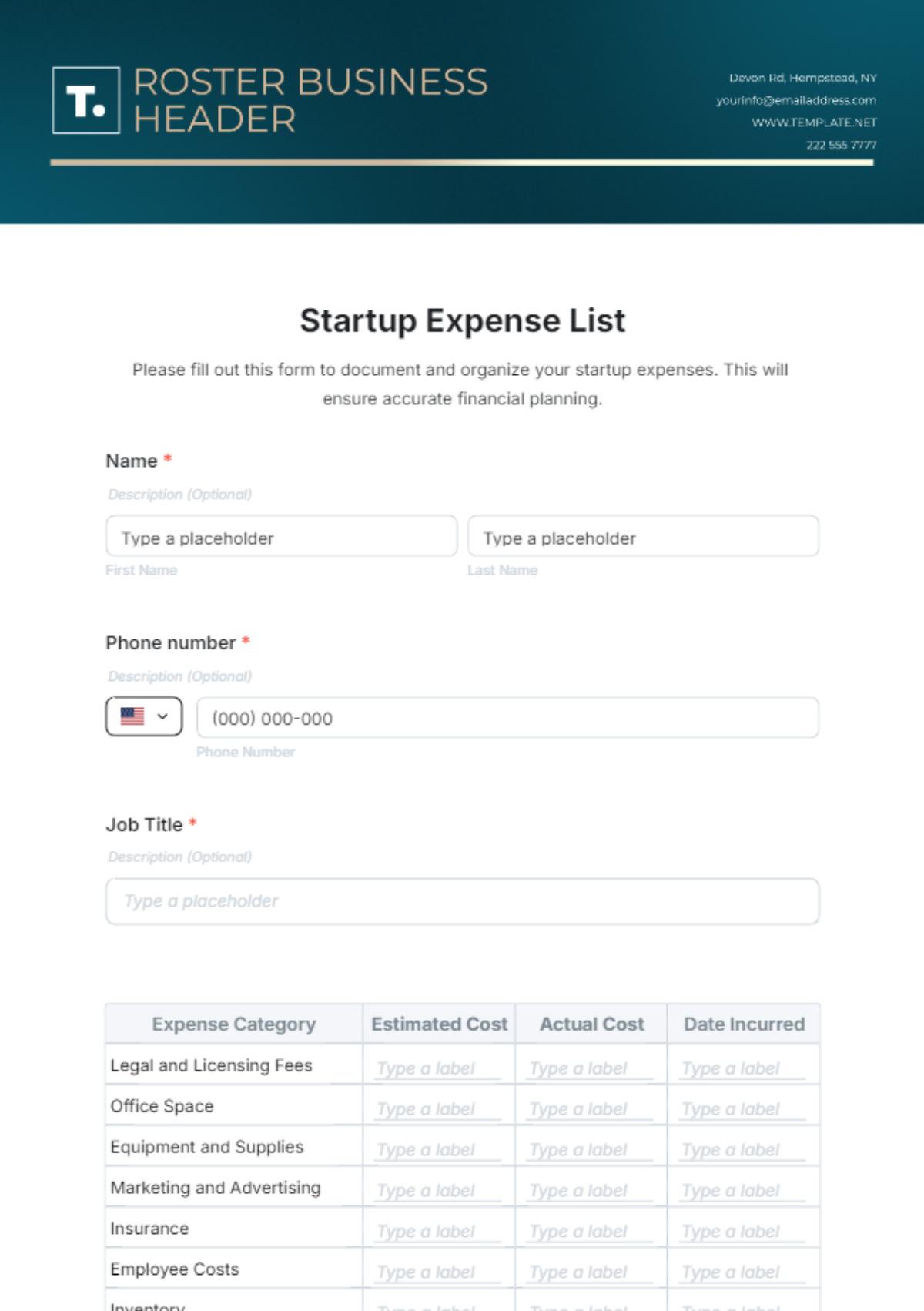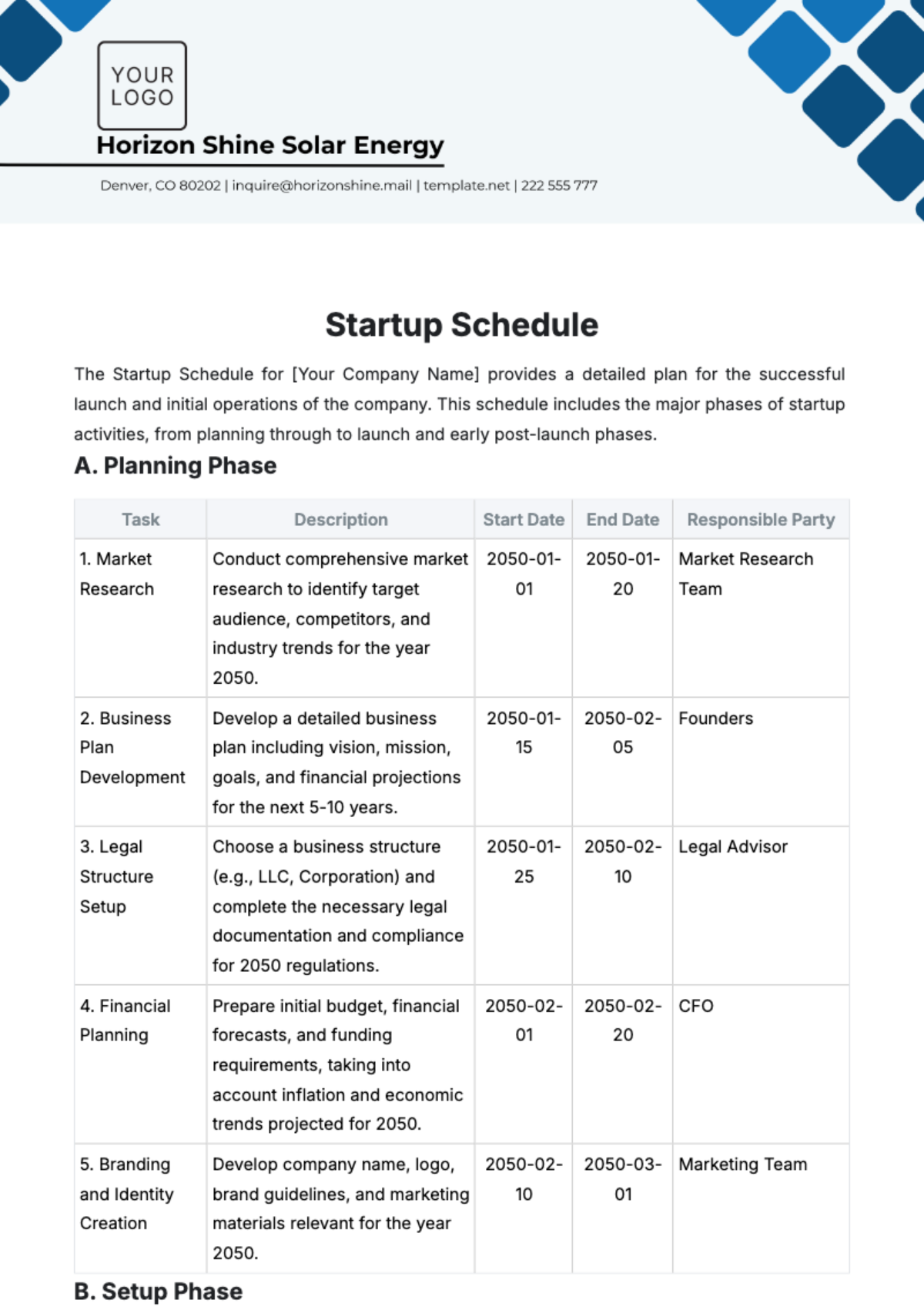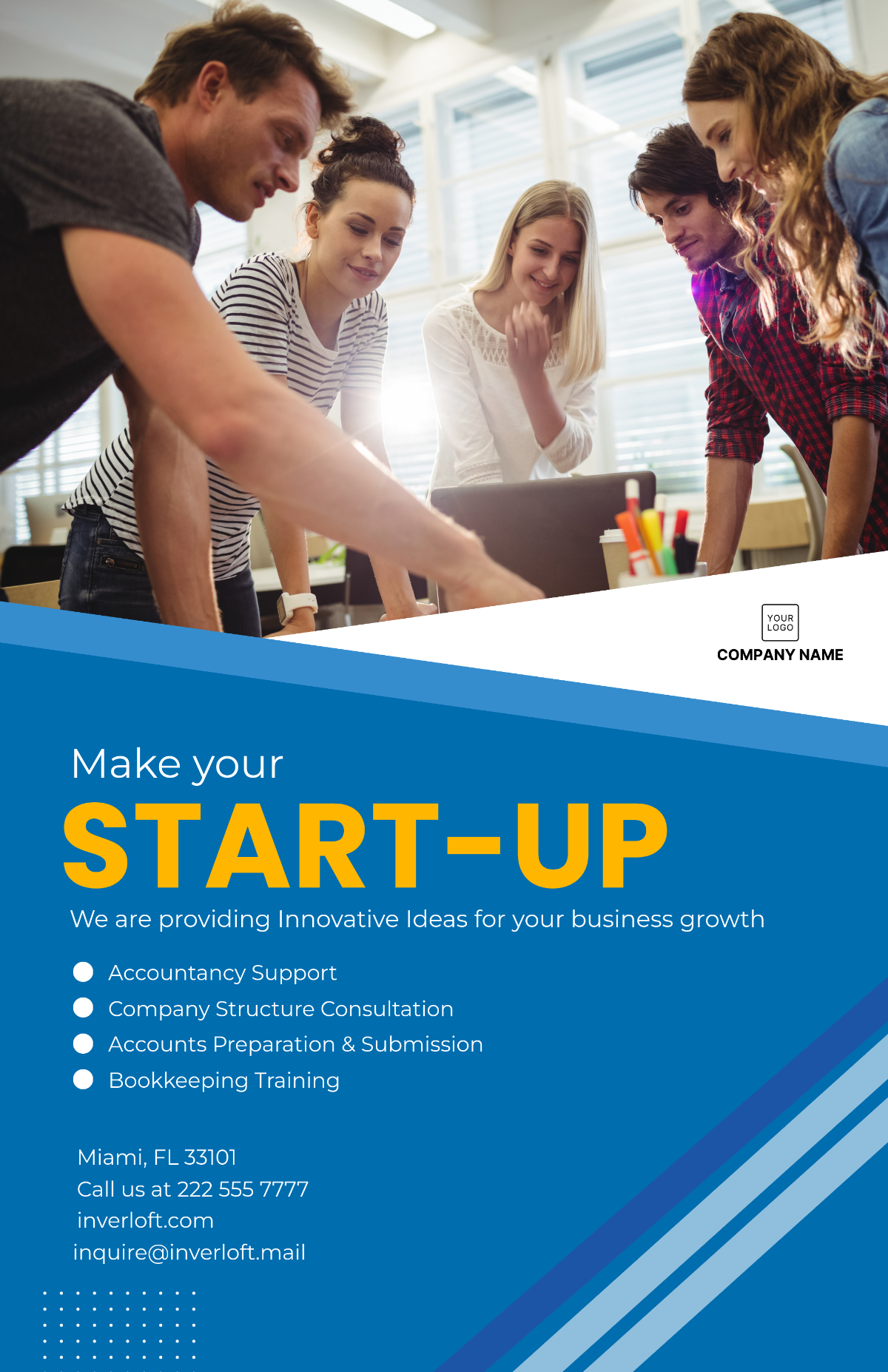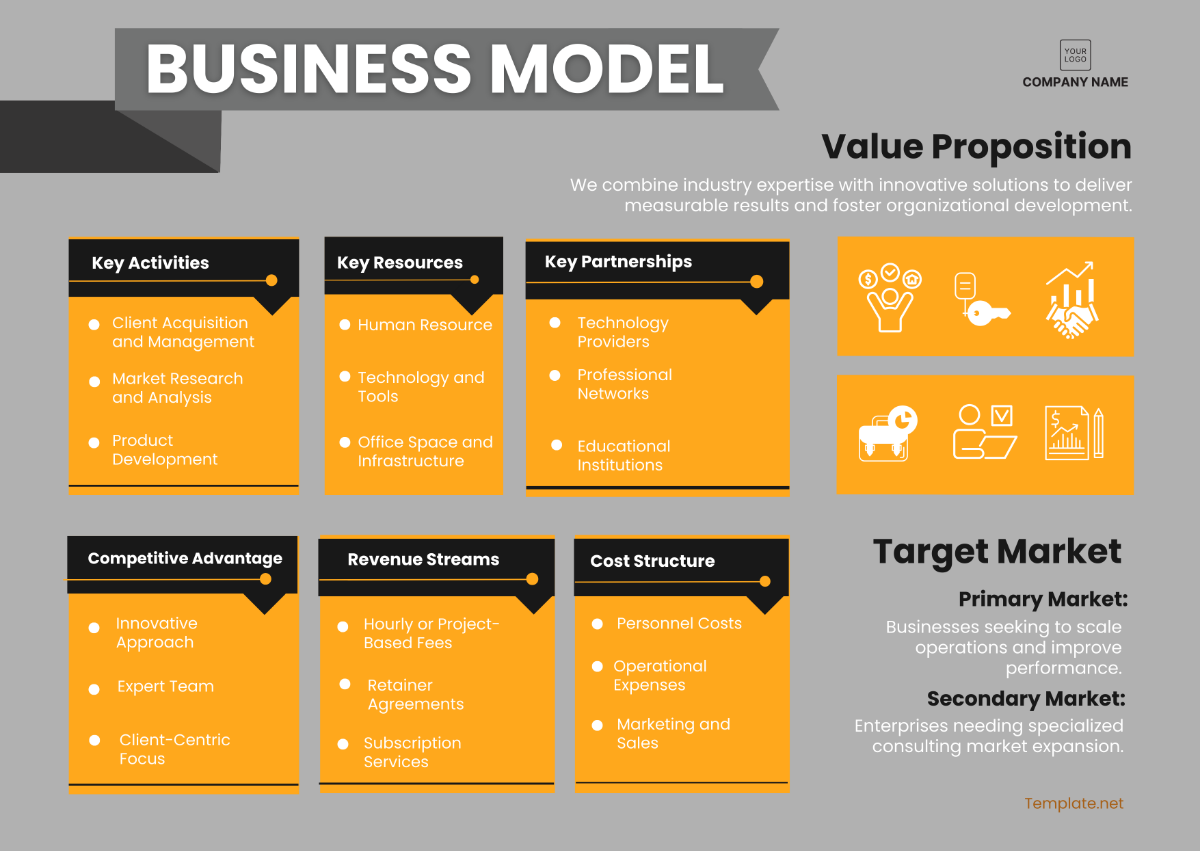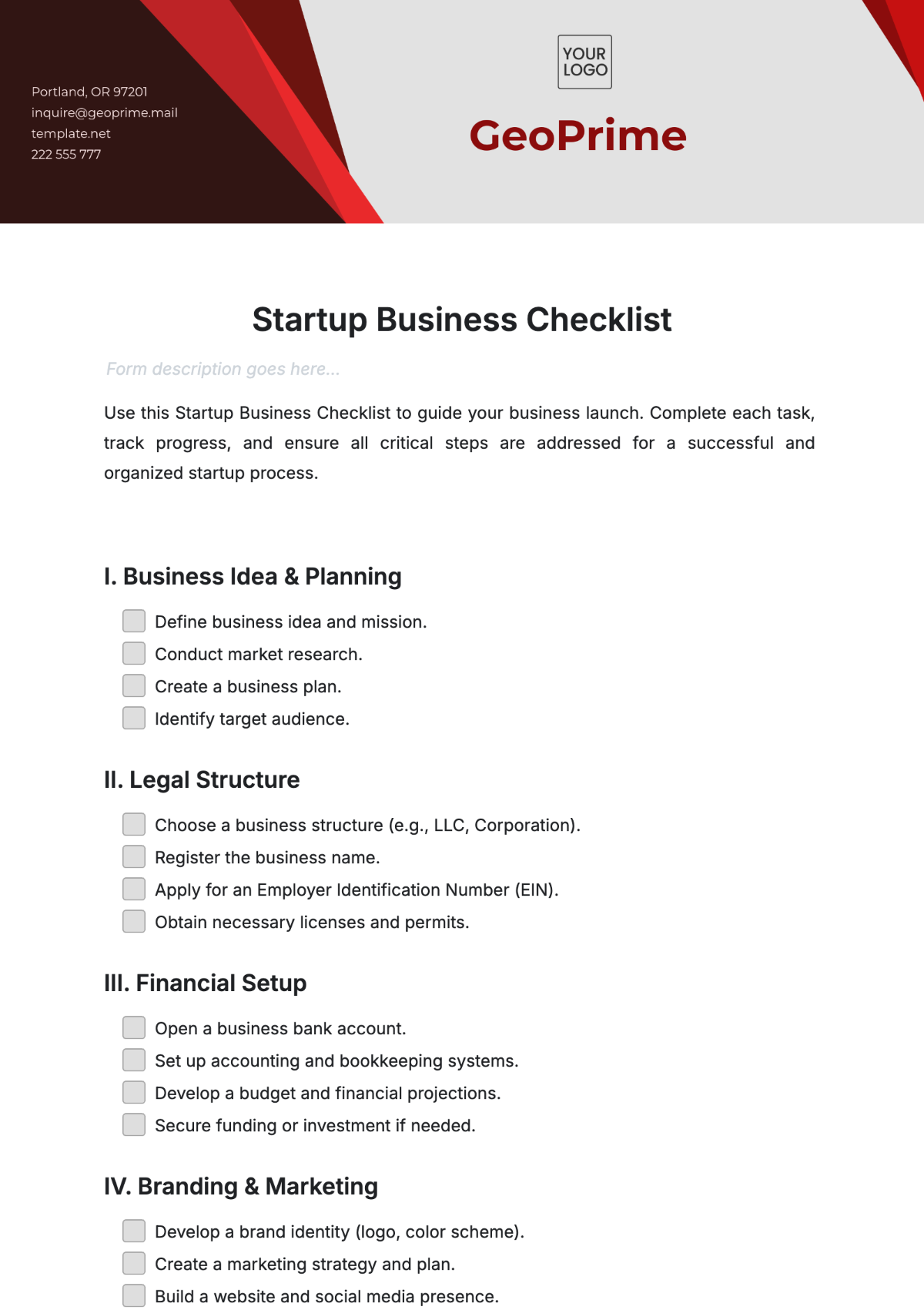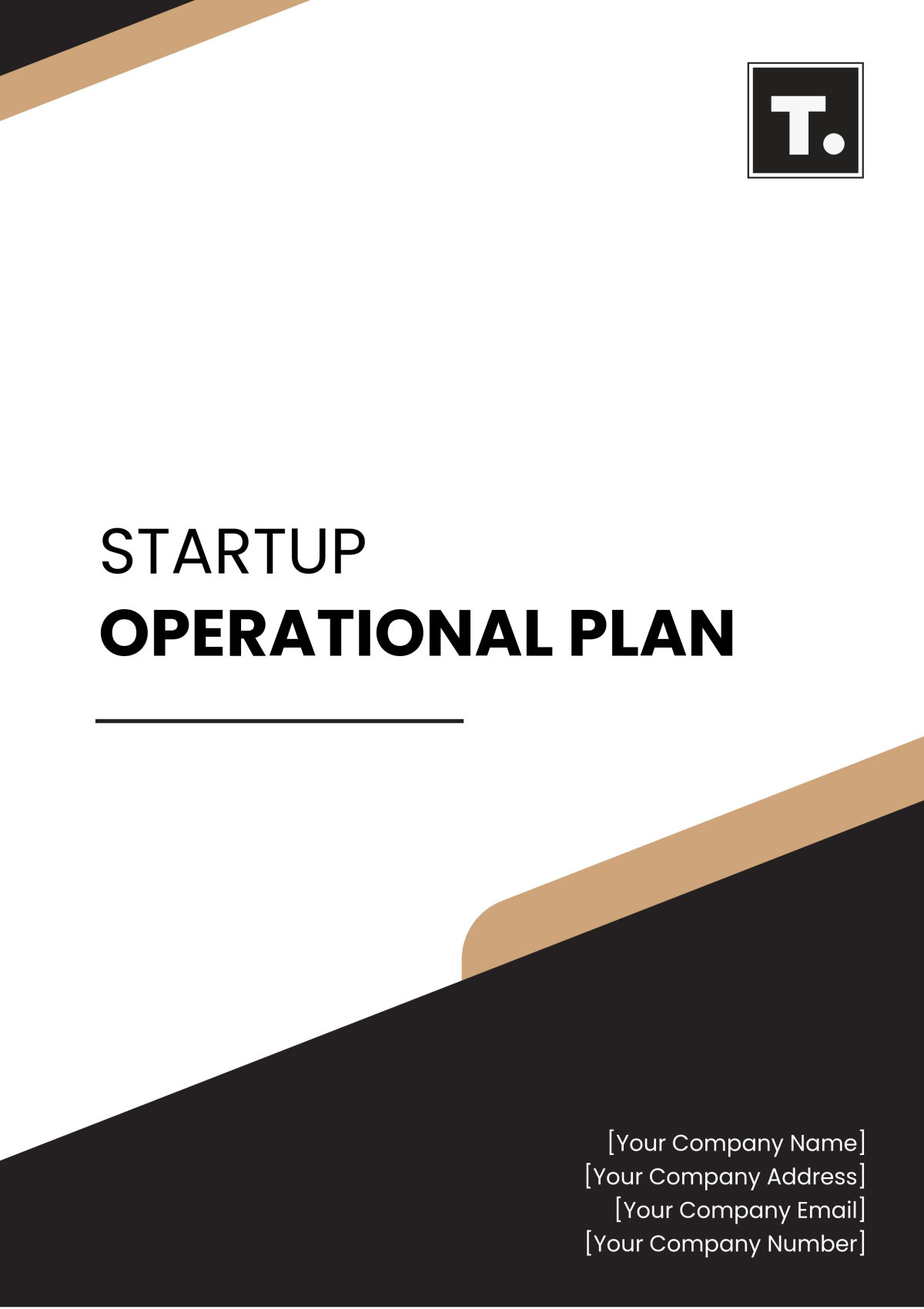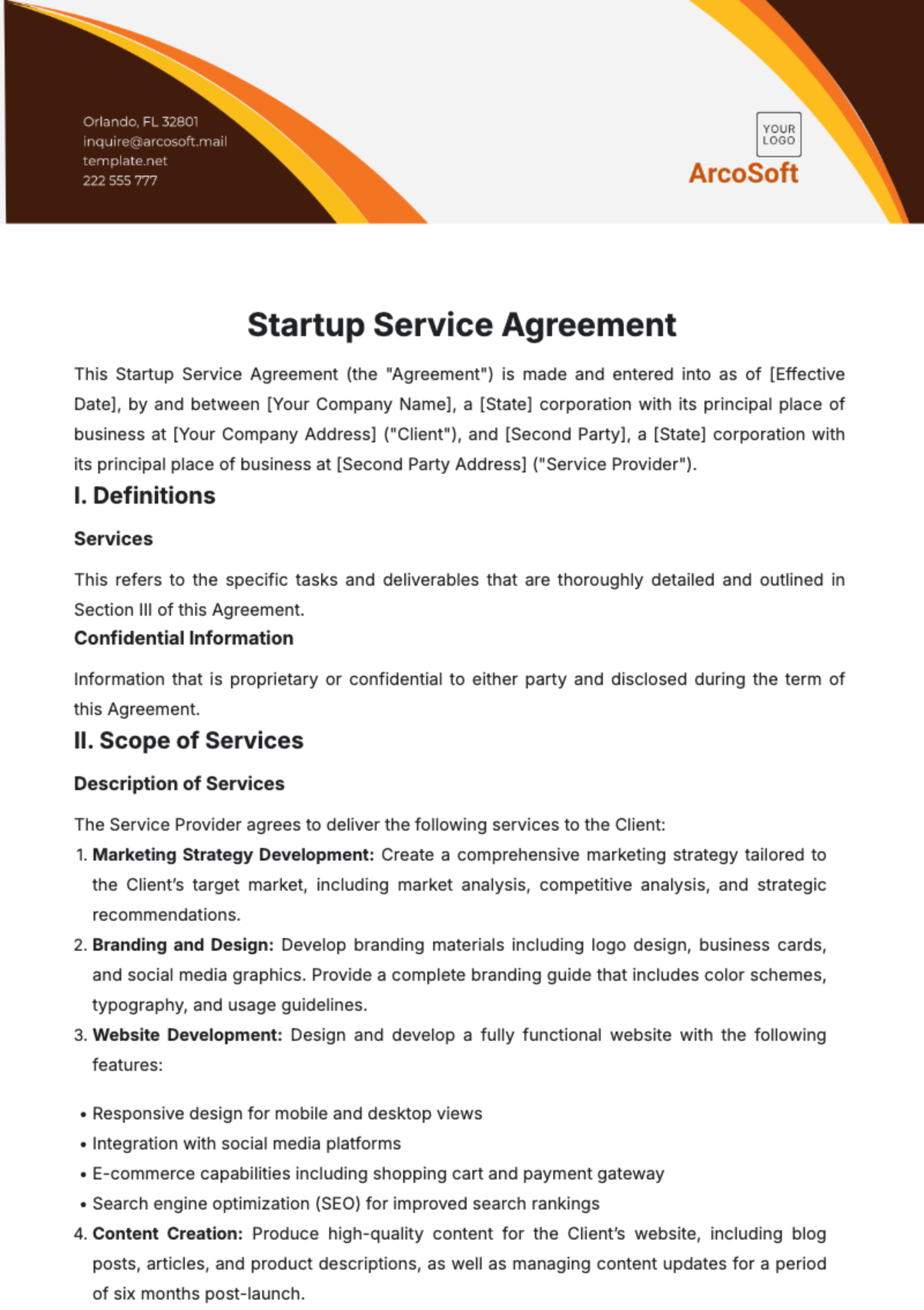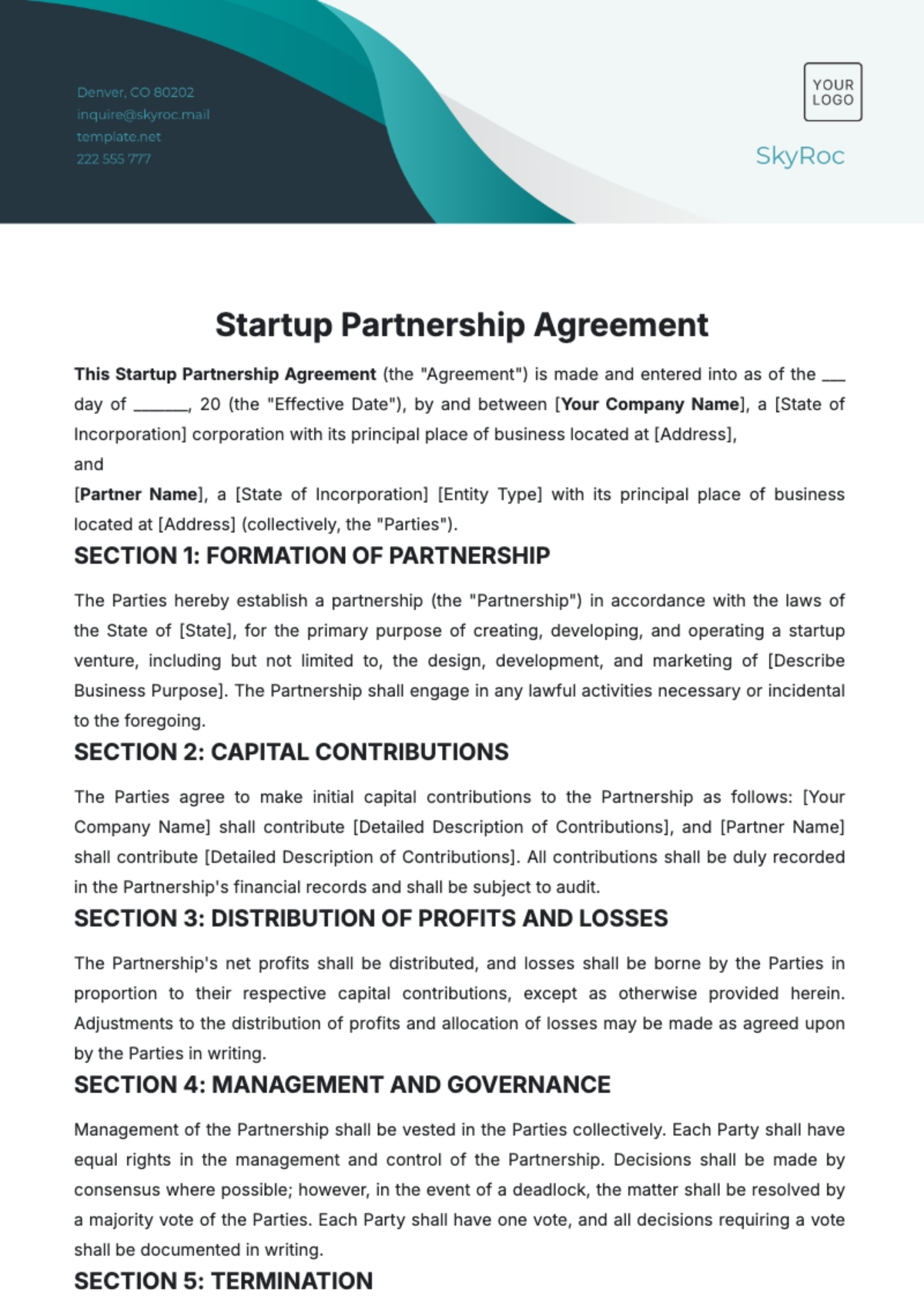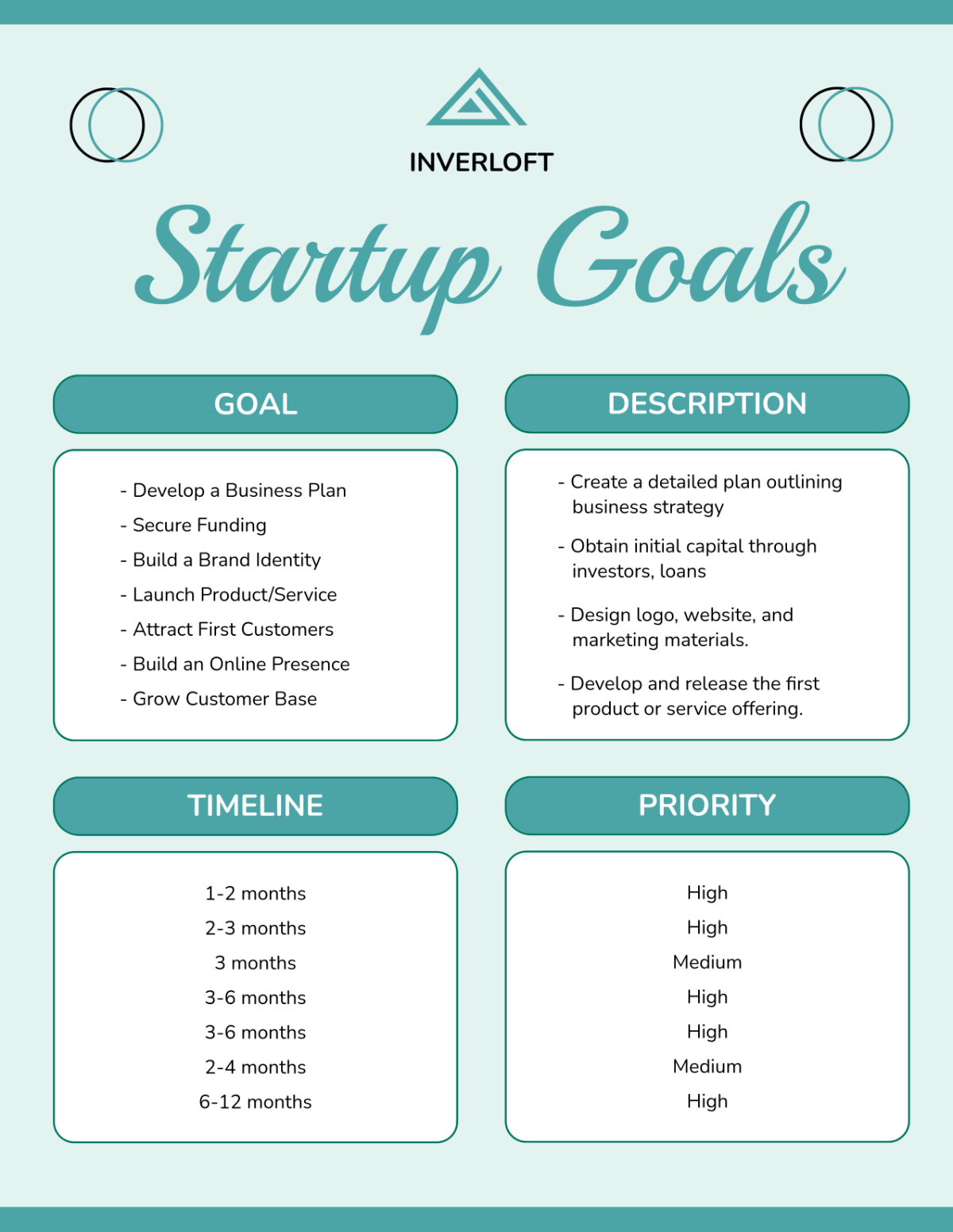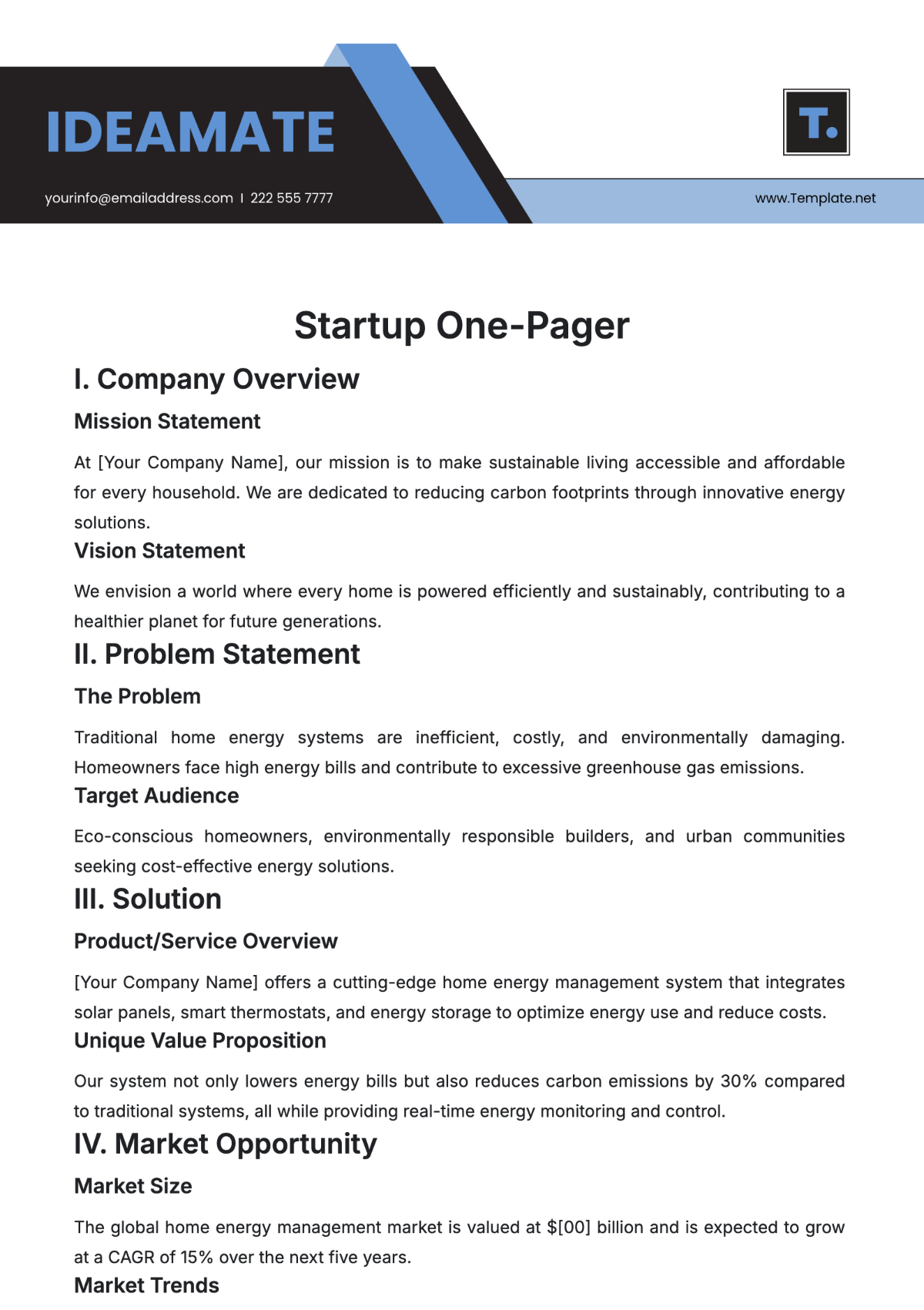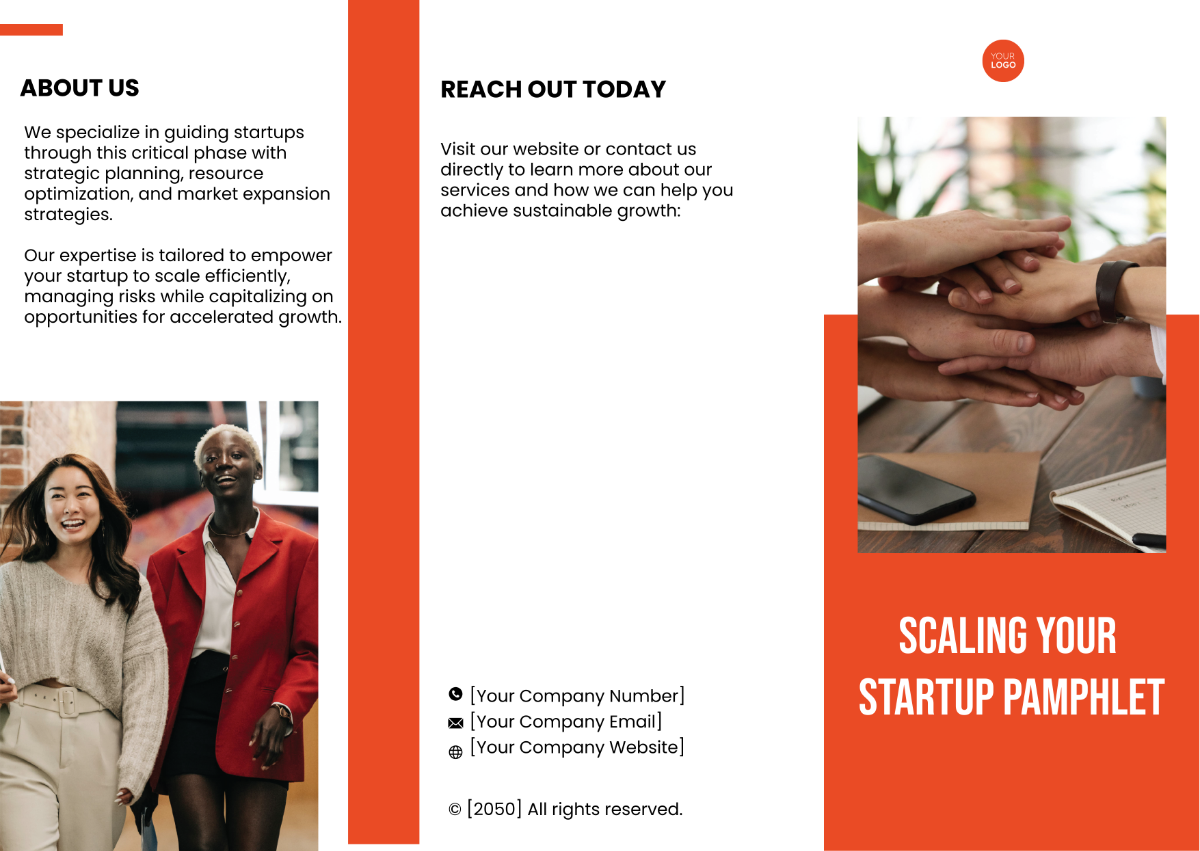Startup Process Improvement Review
I. Introduction
The Startup Process Improvement Review aims to critically evaluate and enhance operational processes within [Your Company Name]. By fostering a culture of continuous improvement, we seek to optimize efficiency, minimize waste, and ultimately drive sustainable growth.
II. Current State Assessment
1. Product Development Process
Description: The product development process encompasses ideation, design, development, testing, and deployment stages, crucial for delivering high-quality products to market.
Current State Analysis: Despite iterative efforts, our analysis reveals bottlenecks such as manual deployment processes and resource constraints, hindering timely product releases and impeding responsiveness to market demands.
Process Stage | Average Time (Days) | Bottlenecks/Issues |
|---|---|---|
Ideation | 7 | Lack of structured brainstorming sessions |
Design | 14 | Iterative feedback delays |
Development | 30 | Resource constraints |
Testing | 10 | Limited automated testing |
Deployment | 5 | Manual deployment process |
2. Marketing Process
Description: The marketing process involves market research, campaign planning, execution, and performance analysis, pivotal for driving brand awareness and customer engagement.
Current State Analysis: Challenges like limited access to market data and manual campaign tracking impede our ability to execute data-driven marketing strategies and accurately measure campaign effectiveness, hampering our competitive edge.
Process Stage | Average Time (Days) | Bottlenecks/Issues |
|---|---|---|
Market Research | 10 | Limited access to market data |
Campaign Planning | 7 | Lack of cross-functional collaboration |
Execution | 20 | Manual campaign tracking |
Analysis | 5 | Data silos and incomplete reporting |
III. Stakeholder Engagement
Stakeholder engagement, conducted through interviews and surveys, provided invaluable insights into employee frustrations and customer concerns, emphasizing the critical need for process enhancements to better meet stakeholder expectations and business objectives.
IV. Gap Analysis
Through a comprehensive analysis of current processes and stakeholder feedback, we identified significant gaps, including the lack of automation, inadequate data access, and siloed communication channels, hindering operational efficiency and organizational agility.
V. Recommendations
1. Implement Agile Development Practices
To address bottlenecks in product development, we recommend implementing Agile methodologies, fostering cross-functional collaboration, and leveraging automated testing tools to accelerate time-to-market and enhance product quality.
2. Invest in Marketing Automation
To streamline marketing operations, we propose investing in marketing automation software, integrating data analytics tools, and providing training to marketing teams, enabling data-driven decision-making and enhancing campaign effectiveness.
VI. Implementation Plan
1. Agile Adoption Plan
Quarter | Activity |
|---|---|
Q1 | Conduct Agile training sessions for development teams |
Q2 | Pilot Agile practices with a small project team |
Q3 | Scale Agile implementation across all product development teams |
Q4 | Monitor progress and refine Agile processes based on feedback |
2. Marketing Automation Rollout
Quarter | Activity |
|---|---|
Q1 | Evaluate and select suitable marketing automation software |
Q2 | Customize and configure automation workflows based on marketing requirements |
Q3 | Conduct training sessions for marketing teams on using automation tools |
Q4 | Monitor campaign performance and make adjustments as needed |
VII. Monitoring and Measurement
Establishing key performance indicators (KPIs) such as time-to-market, campaign ROI, and customer satisfaction will enable us to monitor the impact of process improvements and drive informed decision-making through regular performance reviews and stakeholder feedback sessions.
VIII. Conclusion
The Startup Process Improvement Review underscores our commitment to operational excellence and continuous improvement. By implementing the recommended changes and fostering a culture of innovation, [Your Company Name] is poised to enhance competitiveness, drive growth, and deliver superior value to stakeholders.

